About Food Prices Japan
If you are planning to do Japan tour and is concerned over food prices, then you have visited the right page. Japan is an island nation, the vast majority of its food supplies come from other countries. Because of this, the cost of food in some nations, particularly for specific commodities, might be significantly greater than in other ones. In this article, we will discuss on the food prices in Japan.
While planning a trip to Japan, travelers frequently ask about the cost of meals in the country. Food plays a significant role in both Japanese culture and cuisine, and there is a wide variety of it accessible throughout the country, ranging from inexpensive street food and snacks to exquisite sushi and kaiseki dinners. Yet, the price of food in Japan can change quite a bit based on a number of different aspects, such as the region, the kind of cuisine, and the restaurant. This article will provide a glance into the world of food pricing in Japan, including the cost of dining out, the cost of grocery shopping, and other expenses that are associated with food. We will also discuss some of the cultural and economic aspects that contribute to the high expense of food in Japan, and we will offer advice to tourists on how they can eat well while staying within their financial means during our discussion. This article will help you navigate the world of food pricing in Japan, whether you are a foodie trying to sample the finest of Japanese cuisine or a traveler on a budget looking to get the most out of their trip.
Reason of High Food Prices Japan
Here are some of the reasons for high food prices in Japan:
- Geography: Japan is a mountainous country with limited arable land, which means that a lot of its food has to be imported. The cost of importing food can drive up the price of food in Japan.
- Aging population: Japan has one of the oldest populations in the world, and the number of farmers in Japan is declining. This means that there are fewer people working in agriculture and producing food, which can lead to higher prices.
- Strict food regulations: Japan has strict regulations when it comes to food safety and quality. While this is a good thing, it can also make food more expensive. For example, in order to sell beef in Japan, the cattle must be raised in a specific way and must pass certain tests.
- High cost of labor: Japan has a high standard of living, which means that wages are generally high. As a result, the cost of producing and preparing food can be higher than in other countries.
- Energy costs: Japan relies heavily on imported energy, which can be expensive. This can lead to higher prices for food that requires a lot of energy to produce, such as meat and dairy products.
- Value of yen: The value of the yen can also affect food prices. When the yen is strong, imported food becomes cheaper. When the yen is weak, imported food becomes more expensive.
- Food waste: Japan has a problem with food waste, which can also contribute to higher food prices. When food is wasted, it increases the cost of producing and distributing food, which can lead to higher prices for consumers.
- Natural disasters: Japan is prone to natural disasters, such as earthquakes and typhoons, which can disrupt food production and distribution. This can lead to shortages and higher prices for certain foods.
What food tourists should try in Japan
Japan is known for its unique and delicious cuisine. There are many foods that tourists should try when visiting Japan, ranging from traditional dishes to trendy modern cuisine. Here are some of the must-try foods for tourists in Japan:
- Sushi: Sushi is perhaps one of the most famous Japanese foods. It is made with vinegared rice and a variety of ingredients such as raw fish, seafood, vegetables, and egg. Sushi can be found in all price ranges, from high-end restaurants to casual conveyor belt sushi shops.
- Ramen: Ramen is a noodle soup dish that originated in China but has become a popular food in Japan. Ramen noodles are served in a broth that can be made with meat, fish, or vegetable stock. The broth is usually seasoned with soy sauce, miso, or salt, and is often topped with sliced pork, green onions, and other ingredients.
- Tempura: Tempura is a dish of deep-fried seafood or vegetables that are battered in a light flour and egg mixture. Tempura can be found in both casual and high-end restaurants, and is often served as a side dish or as a main course.
- Okonomiyaki: Okonomiyaki is a savory pancake made with a batter of flour, water, and eggs, and is filled with a variety of ingredients such as cabbage, pork, shrimp, or cheese. It is usually topped with okonomiyaki sauce, mayonnaise, and dried bonito flakes.
- Takoyaki: Takoyaki is a popular street food in Japan made of small balls of batter filled with diced octopus, tempura scraps, and green onion. The balls are cooked in a special griddle and are usually served with a sauce and mayonnaise.
- Udon: Udon is a thick wheat noodle that can be served hot or cold. It is often served in a simple broth with various toppings such as tempura, vegetables, and egg.
- Yakitori: Yakitori is a type of grilled chicken skewer that is often sold in street food stalls or small restaurants. It can be made with various parts of the chicken, including the skin, meat, and innards.
- Matcha: Matcha is a powdered green tea that is used in a variety of Japanese desserts and beverages. It has a slightly bitter taste and is often mixed with sugar and milk to make a sweet and creamy drink.
- Wagyu beef: Wagyu beef is a type of high-quality beef that is known for its marbling and tenderness. It is often served as a steak or in other dishes such as sukiyaki or shabu-shabu.
- Street food: Japan is also known for its unique and delicious street food such as taiyaki (a fish-shaped cake filled with sweet red bean paste), mochi (a sweet rice cake), and various types of fried snacks such as croquettes and karaage (Japanese-style fried chicken).
Overall, Japan has a rich and diverse culinary culture, and there are many delicious and unique foods for tourists to try. Whether it’s traditional dishes or modern cuisine, there is something for every taste in Japan.
Vegetarian food you should try in Japan
While Japan is known for its seafood and meat-based dishes, there are still plenty of vegetarian options available for travelers who are looking for plant-based meals. Here are some vegetarian foods that you should try in Japan:
- Vegetable tempura: Tempura is a popular Japanese dish made with battered and deep-fried seafood or vegetables. Vegetable tempura, made with vegetables such as sweet potato, eggplant, and zucchini, is a delicious and filling vegetarian option.
- Miso soup: Miso soup is a traditional Japanese soup made with miso paste, dashi (a broth made from dried kelp and fish), and various ingredients such as tofu, seaweed, and green onion. It is often served as a side dish with a main course or as a starter.
- Tofu: Tofu is a staple in Japanese cuisine and is often used as a meat substitute in vegetarian dishes. It is made from soybeans and is rich in protein and other nutrients. Tofu can be prepared in various ways, including as a hot pot or stir-fry dish.
- Shojin ryori: Shojin ryori is a type of traditional Japanese vegetarian cuisine that originated in Zen temples. It consists of simple and healthy dishes made with seasonal ingredients, such as tofu, vegetables, and grains. Shojin ryori can be found in some restaurants in Japan, particularly in Kyoto.
- Onigiri: Onigiri is a type of rice ball that is often filled with pickled vegetables, umeboshi (pickled plum), or other ingredients. It is a popular snack food in Japan and can be found in convenience stores and specialty shops.
- Okonomiyaki: Okonomiyaki is a savory pancake made with a batter of flour, water, and eggs. It is filled with a variety of ingredients such as cabbage, mushroom, and cheese. Vegetarian options can be made without meat or seafood.
- Yakitori: Yakitori is a type of grilled chicken skewer, but vegetarian options are also available. Grilled skewers of vegetables such as shiitake mushrooms and green onions can be found in many izakayas (Japanese-style pubs).
- Soba noodles: Soba noodles are thin buckwheat noodles that can be served hot or cold. They are often served in a simple broth with various toppings such as tempura, vegetables, and egg.
- Dango: Dango is a sweet Japanese dumpling made from rice flour. It is often served on a skewer and can be filled with sweet red bean paste or other fillings.
- Matcha desserts: Matcha is a type of powdered green tea that is used in a variety of Japanese desserts. There are many vegetarian options available, such as matcha ice cream, matcha mochi, and matcha cake.
Overall, while it can be challenging to find vegetarian options in Japan, there are still plenty of delicious and healthy options available for travelers. With a little research and some adventurous eating, you can enjoy a satisfying and plant-based diet while traveling in Japan.
Cost of Continental food in Japan
The price of continental cuisine in Japan can change significantly from one type of restaurant to another and even within the same establishment. Food that is continental or Western-style will almost always run you more money in Japan than food that is traditionally Japanese. The following is a selection of examples of the average pricing for continental food in Japan:
- Fast food: Japan is home to numerous locations of international fast food companies such as McDonald’s and Burger King, and the costs at these locations are comparable to those seen in other nations. McDonald’s may charge between 600 and 800 yen (roughly $5.50 and $7.50 USD) for a standard meal consisting of a burger.
- Casual Dining : The menus of casual eating establishments like Denny’s and Gusto, for example, feature a wide selection of Western-style foods including burgers, spaghetti, and pizza, among other options. A lunch at one of these restaurants will normally cost between 1,000 and 2,000 yen, which is equivalent to roughly $9 and $18 USD.
- Fine dining: The prices at Japan’s fine dining establishments, particularly those serving continental food, can be rather high. Costs for a three-course meal for one person can range anywhere from 10,000 to 20,000 yen (about $90-$180 USD), or much higher, at upscale places.
- cafes and bakeries: Japan is home to a plethora of cafes and bakeries that serve breakfast and brunch fare in the style of continental cuisine, including things such as pancakes, croissants, and pastries. These goods can be purchased for anywhere from 500 and 1,500 yen (roughly $4.50 and $13.50 USD) each individual item.
It is important to keep in mind that the costs of living in big cities like Tokyo and Kyoto, for example, tend to be significantly higher than in the costs of living in smaller cities and villages. In addition, costs can be modified by factors such as the location of the restaurant, the level of competition among similar establishments, and the time of day (for example, prices for breakfast items may be lower than for dinner). In general, although the cost of continental food in Japan may be higher than the cost of traditional Japanese cuisine, there is still a wide variety of options available at a range of different price ranges.
Cost of Food in Japan Vs Cost of Food in Europe
The cost of food for tourists in Japan and Europe can vary depending on a number of factors such as the type of food, location, and restaurant. However, there are some general differences that can help travelers plan their food budget. Here are some comparisons between the cost of food for tourists in Japan and Europe:
- Dining out: In general, the cost of dining out in Japan can be higher than in Europe. Japanese cuisine is known for its high quality and premium ingredients, which can contribute to higher menu prices. However, there are also many affordable dining options in Japan, such as fast food chains and local eateries, that offer affordable meals. In Europe, the cost of dining out can vary depending on the country and region, but in general, dining out can be more affordable than in Japan.
- Grocery shopping: The cost of groceries can also vary depending on the country and region, but in general, food prices tend to be higher in Japan than in Europe. This is largely due to the high cost of imported ingredients, which are necessary for many types of cuisine in Japan. In addition, Japan’s mountainous terrain and limited land availability make domestic agriculture challenging, which also contributes to higher food prices.
- Street food and snacks: Street food and snack prices can also vary depending on the country and region, but in general, prices can be similar in Japan and Europe. Both regions offer a wide variety of street food and snacks at affordable prices.
- Alcohol: In general, the cost of alcohol in Japan can be higher than in Europe. This is largely due to the high taxes on alcohol in Japan, as well as the country’s strict regulations on alcohol production and distribution.
Overall, the cost of food for tourists in Japan can be higher than in Europe, particularly for dining out and grocery shopping. However, there are also many affordable food options in Japan, such as street food and local eateries, that offer a taste of Japanese cuisine without breaking the budget. Additionally, by being mindful of where and what they eat, travelers can enjoy the best of Japanese and European cuisine while staying within their budget.
Cost of Indian food in Japan
The following are some samples of pricing that fall within the range of the average for Indian food in Japan:
- Indian fast food: restaurants such as MOS Burger, which is a network of Japanese fast food restaurants, and Curry House CoCo Ichibanya offer meals that are both reasonably priced and substantial. It is possible to pay anywhere from 500 to 1,000 yen (about $4.50 to $9 USD) for a lunch that consists of a simple curry dish.
- Casual dining: Ganesha and Samrat are also examples of casual dining restaurants that serve a variety of Indian meals at pricing that are affordable. A lunch at one of these restaurants will normally cost between 1,000 and 2,000 yen, which is equivalent to roughly $9 and $18 USD.
- Fine dining: In Japan, fine dining establishments that serve Indian food can be rather pricey due to the country’s popularity of this cuisine. Costs for a three-course meal for one person can range anywhere from 5,000 to 10,000 yen (about $45 to $90 USD), or even higher, at more expensive places.
Significance of packaged food in Japan
In Japan, both economically and culturally, the importance of packaged food cannot be overstated. The importance of prepackaged food in Japan can be broken down into the following categories:
Convenience: The Japanese place a high importance on convenience, and the use of pre-packaged foods provides an easy as well as speedy way to prepare meals. As a result of the short amount of time required to prepare many prepackaged items, such as instant noodles, they are frequently selected by those who lead hectic lifestyles.
Quality: The quality and safety of the food that is consumed in Japan is held in extremely high regard by the Japanese public. Food that is sold in packages is frequently manufactured with ingredients of a high grade and is subject to stringent standards as well as quality control techniques.
Seasonality: The Japanese have a long-standing practice of serving seasonal cuisine, which means that different periods of the year are connected with specific kinds of meals and dishes. The use of seasonal ingredients in the production of packaged foods such as pickles and snacks is a common and popular approach to experience the flavors of the season throughout the year.
Innovation: Japan’s packaged food business has a well-deserved reputation for being at the forefront of culinary invention and innovation. To cater to customers’ ever-evolving preferences and tastes, businesses are continually developing and releasing new products and flavors.
Cultural significance: Significance in culture A great number of the pre-packaged foods available in Japan are imbued with a particular region’s or festival’s worth of significance in culture. For instance, mochi, which are rice cakes, are a traditional dish that is consumed during the Japanese New Year. On the other hand, omiyage, which are souvenir snacks, are a common and popular method to share regional specialties with friends and family.
Export:Export is a significant part of Japan’s economy, and the country’s food items, such instant noodles, green tea, and sake, are gaining appeal all over the world. Japan’s packaged food business is a significant export sector.
Overall, the significance that packaged food plays in Japanese society is considerable, and the business itself is a significant part of Japan’s economy. It’s a common misconception that the only option for eating out quickly in Japan is fast food, but the country’s huge packaged food market offers much more than that.
Frequently asked questions about Food Prices for tourists in Japan ?
Is food expensive in Japan?
What are some affordable food options in Japan?
What is the average cost of a meal in Japan?
How can I save money on food while traveling in Japan?


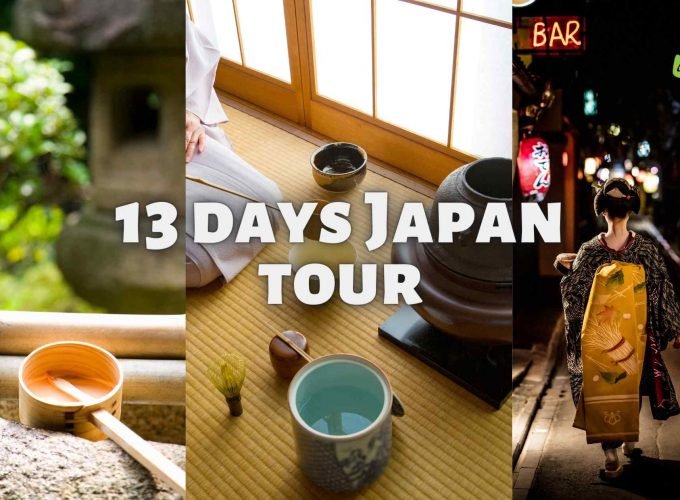
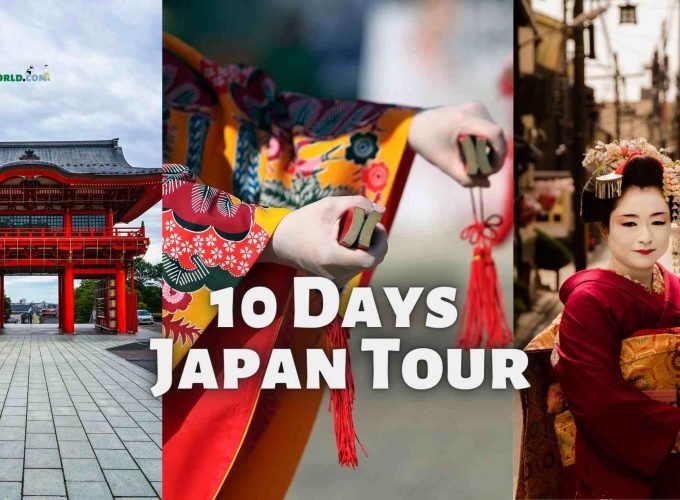










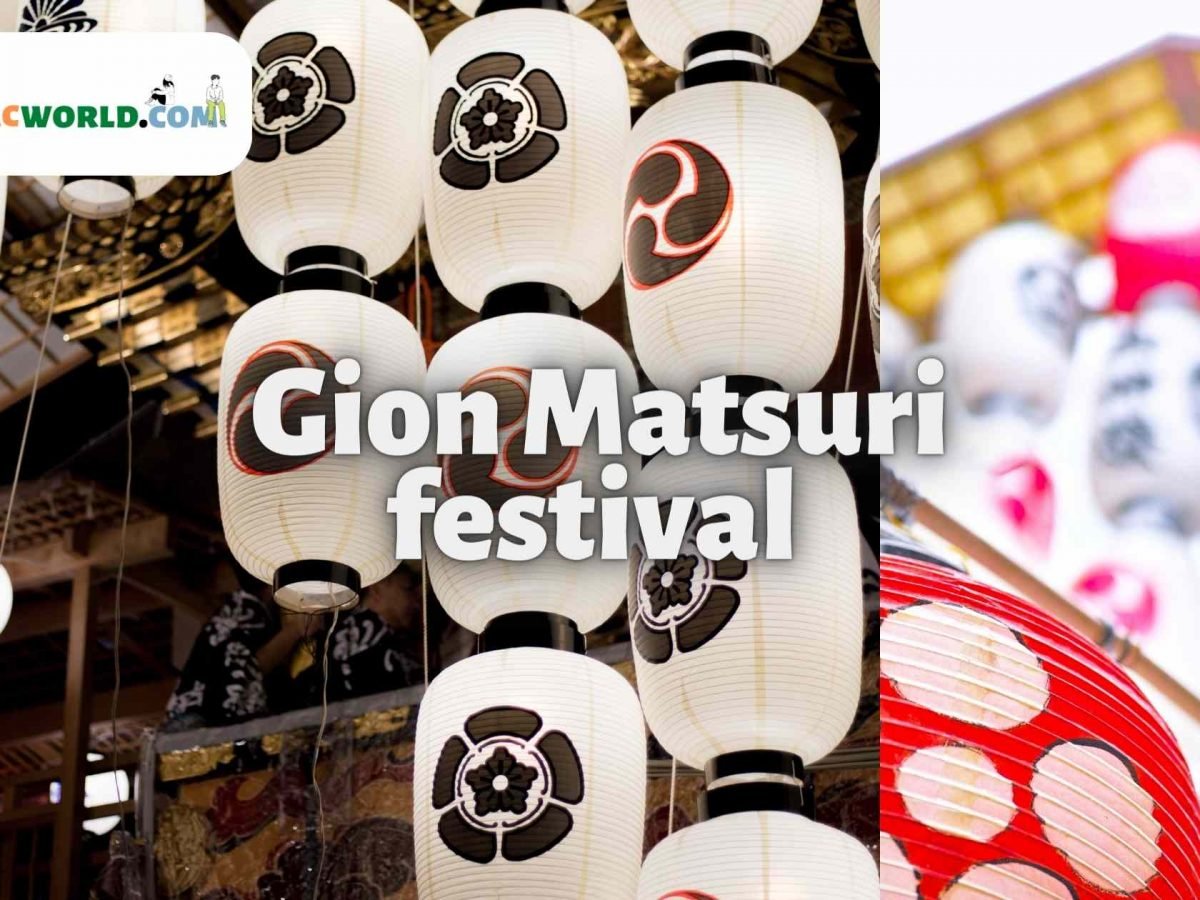
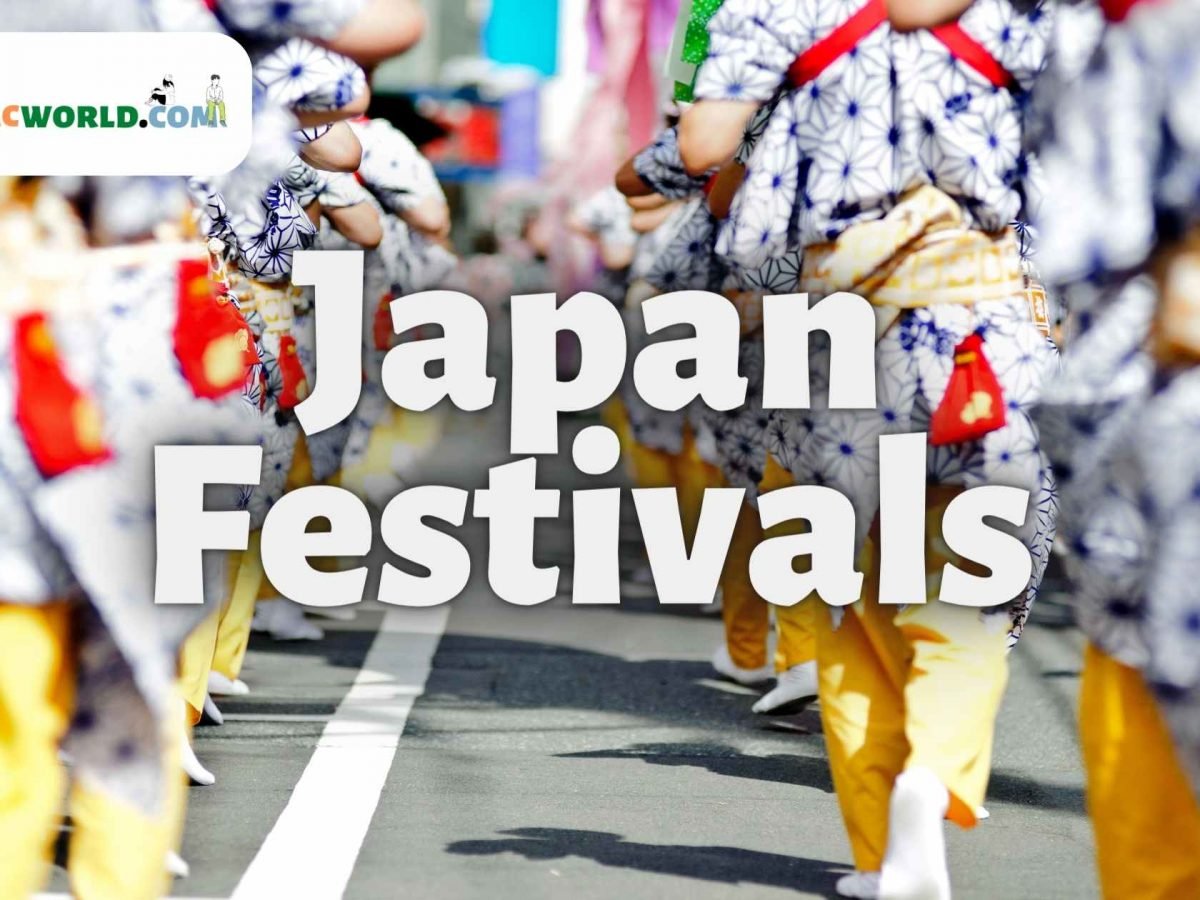


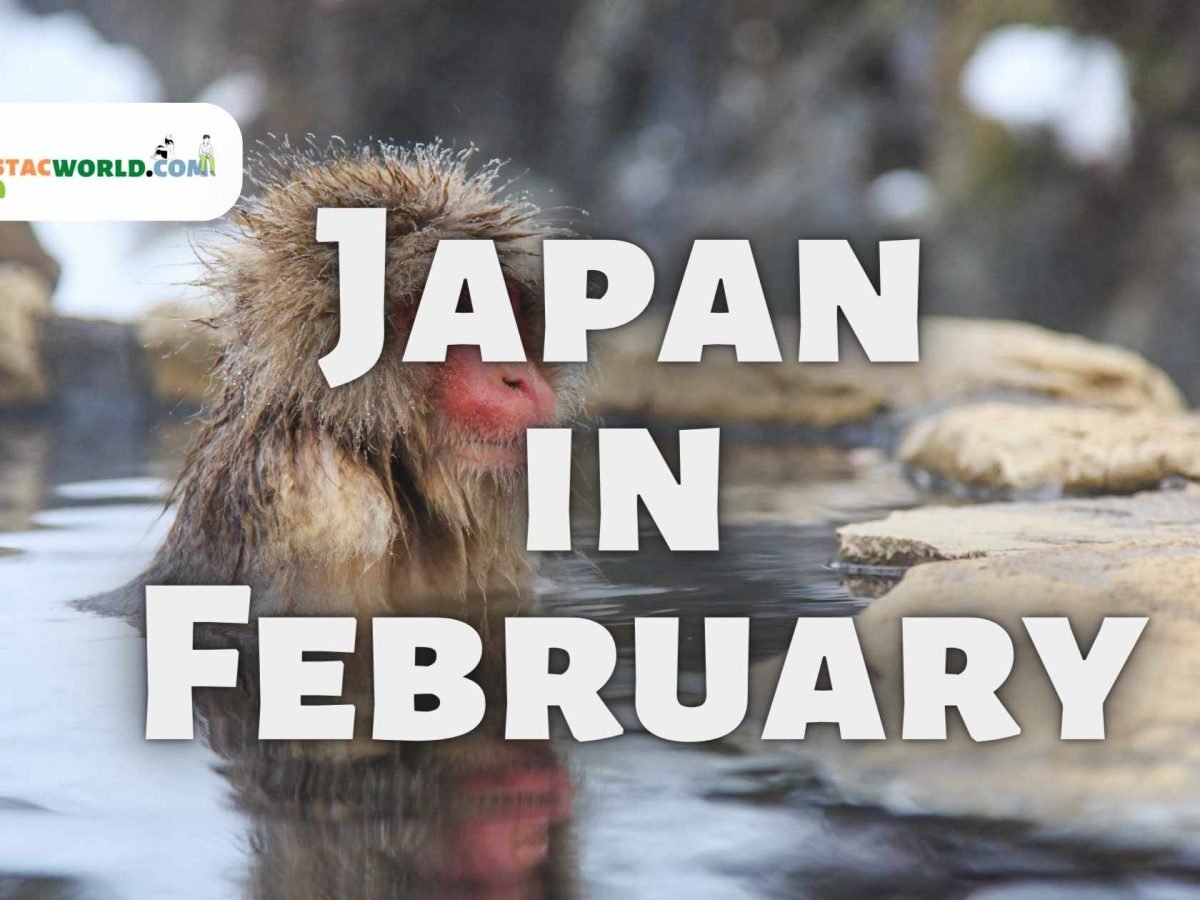





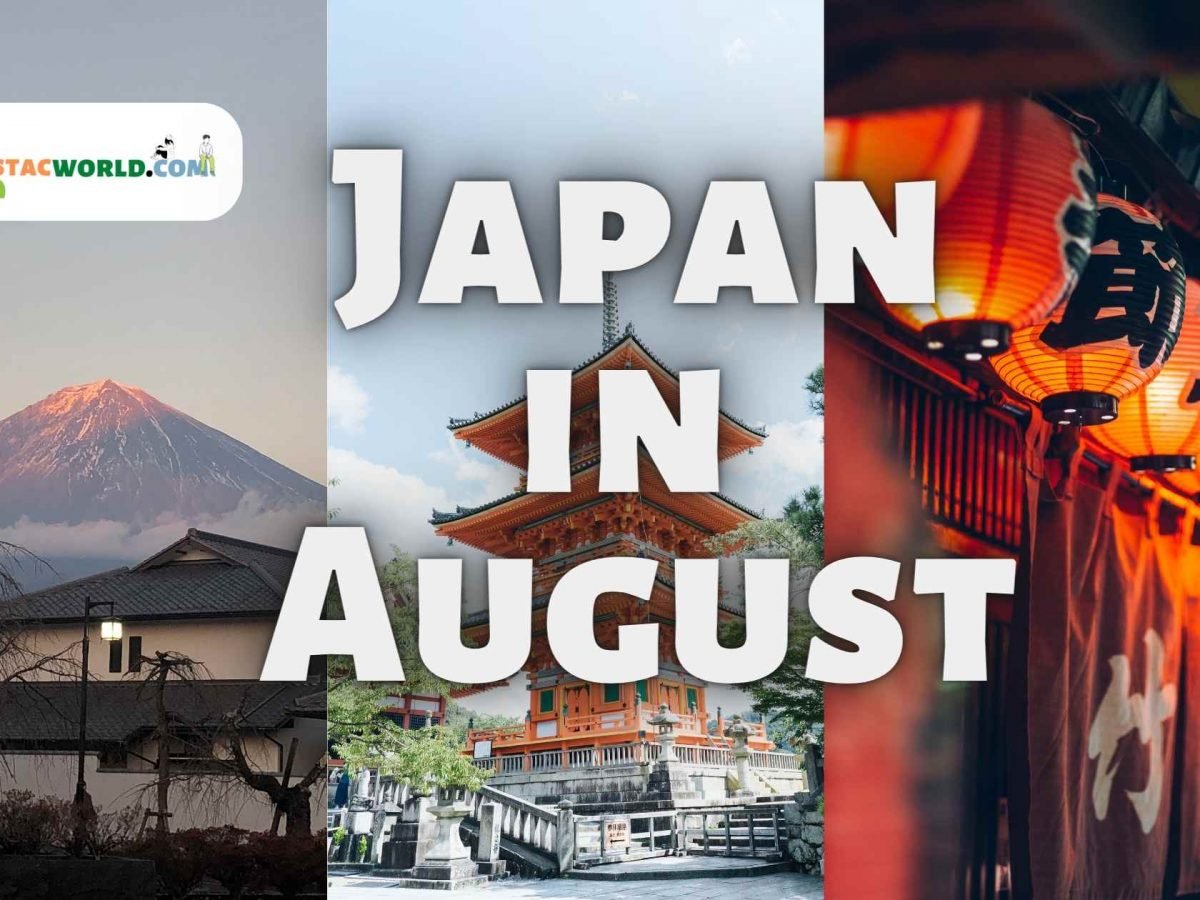
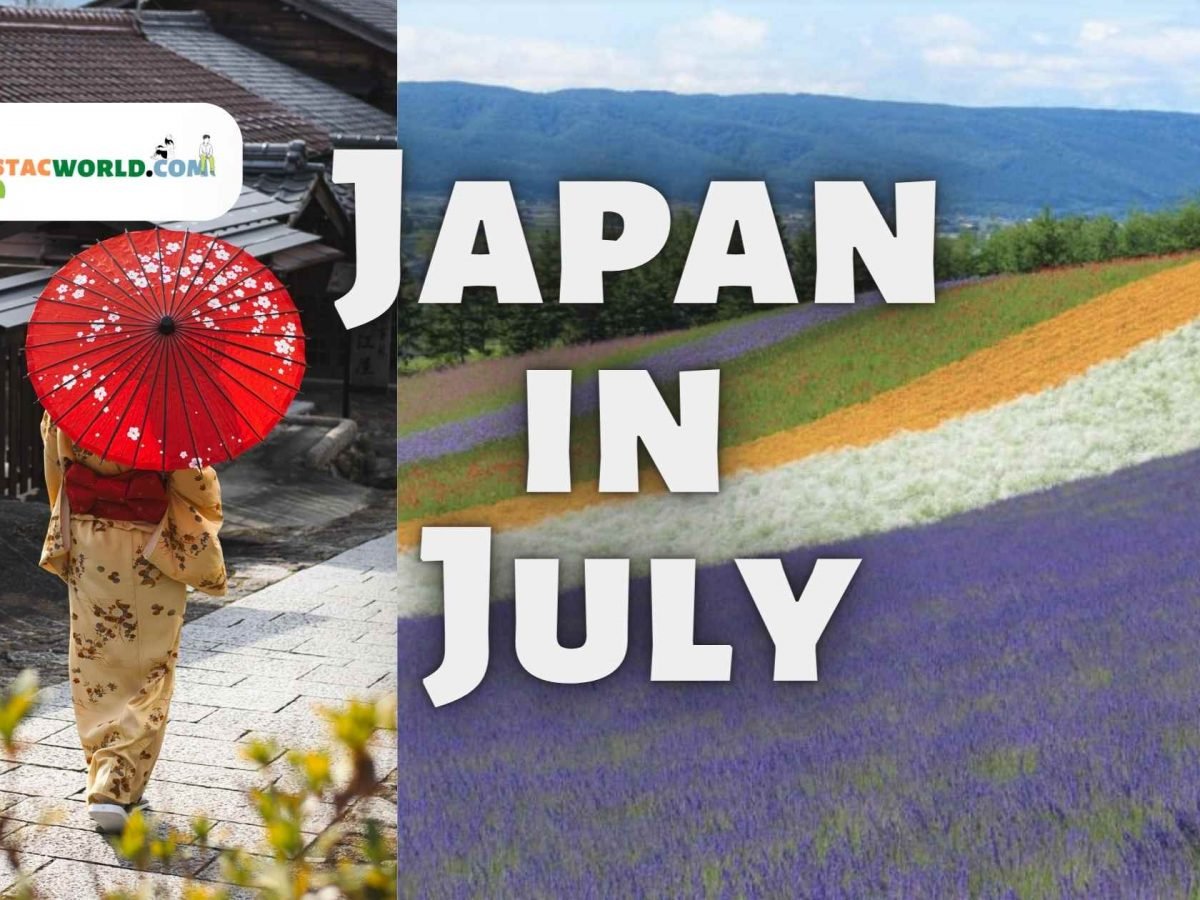
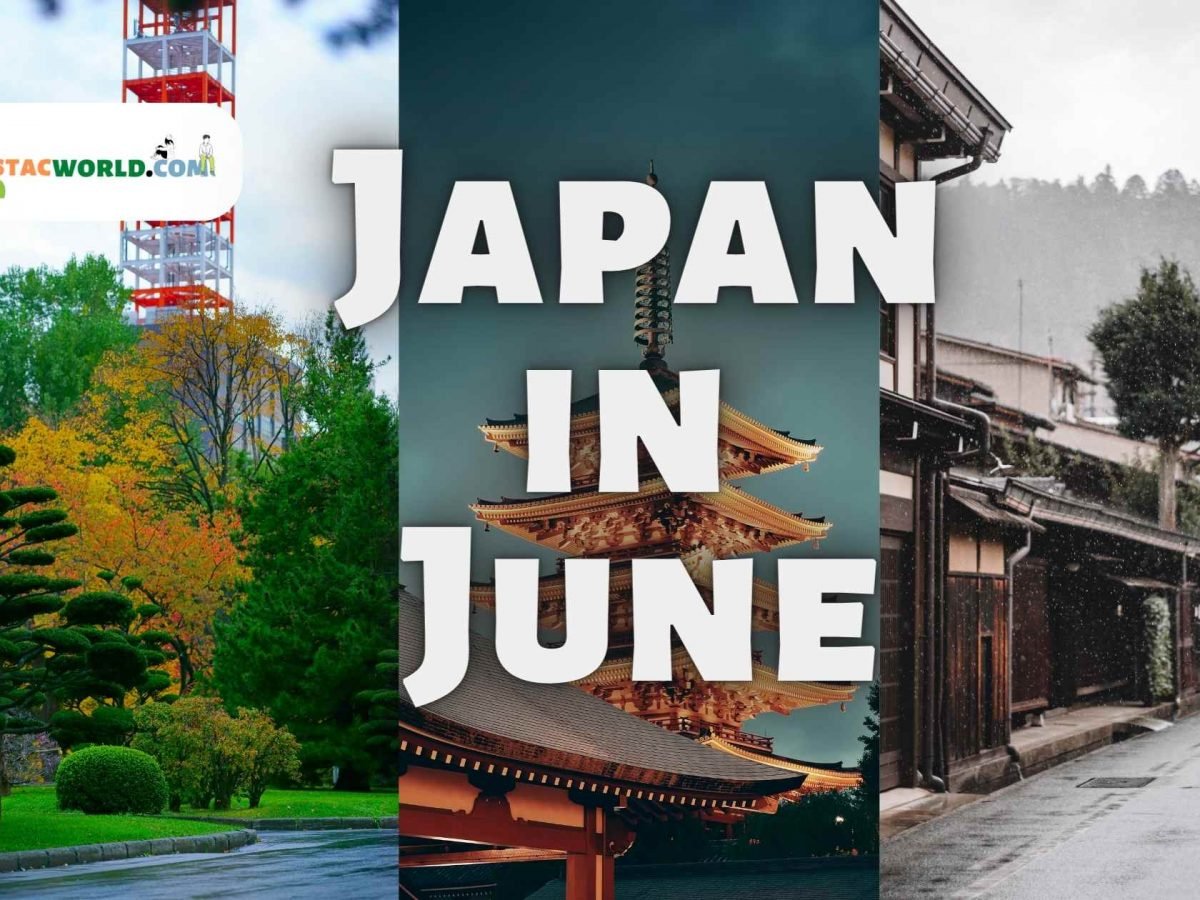
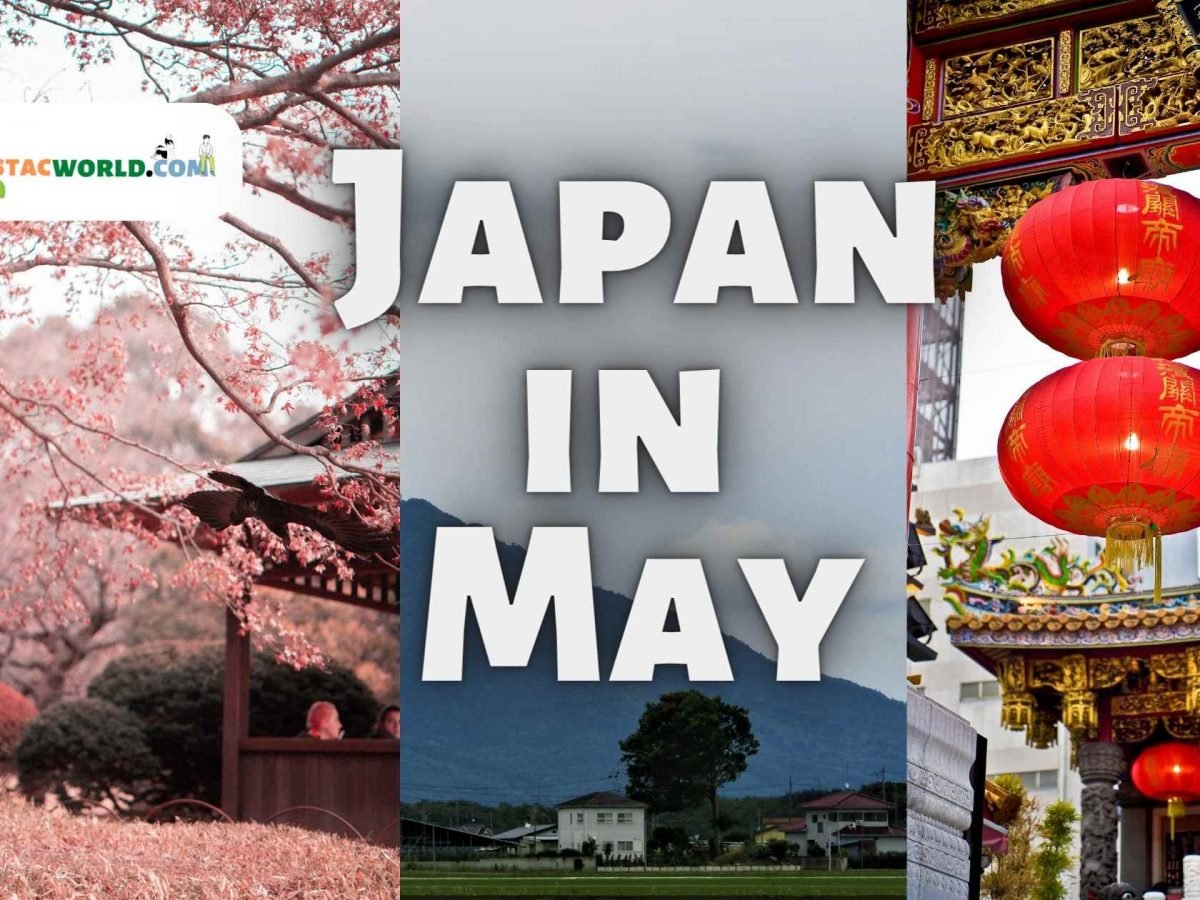
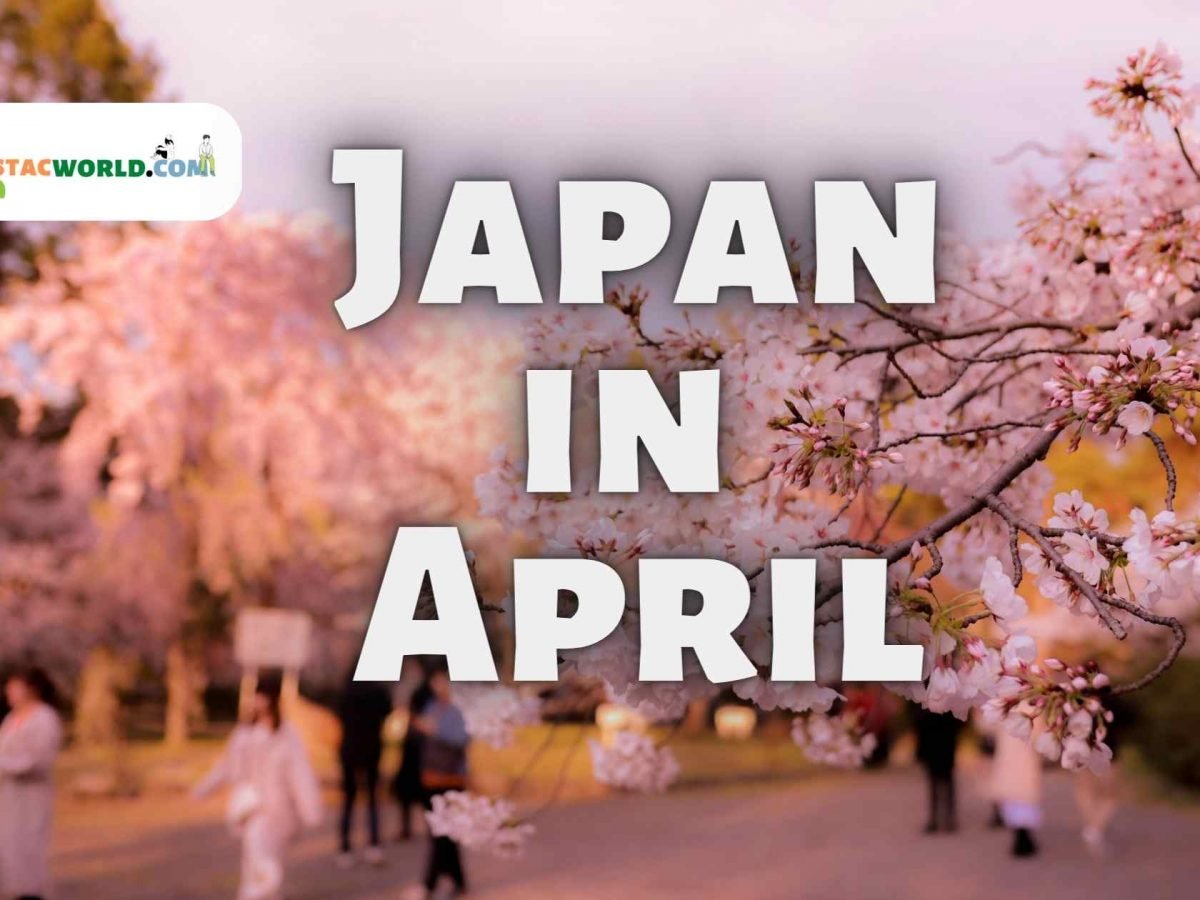




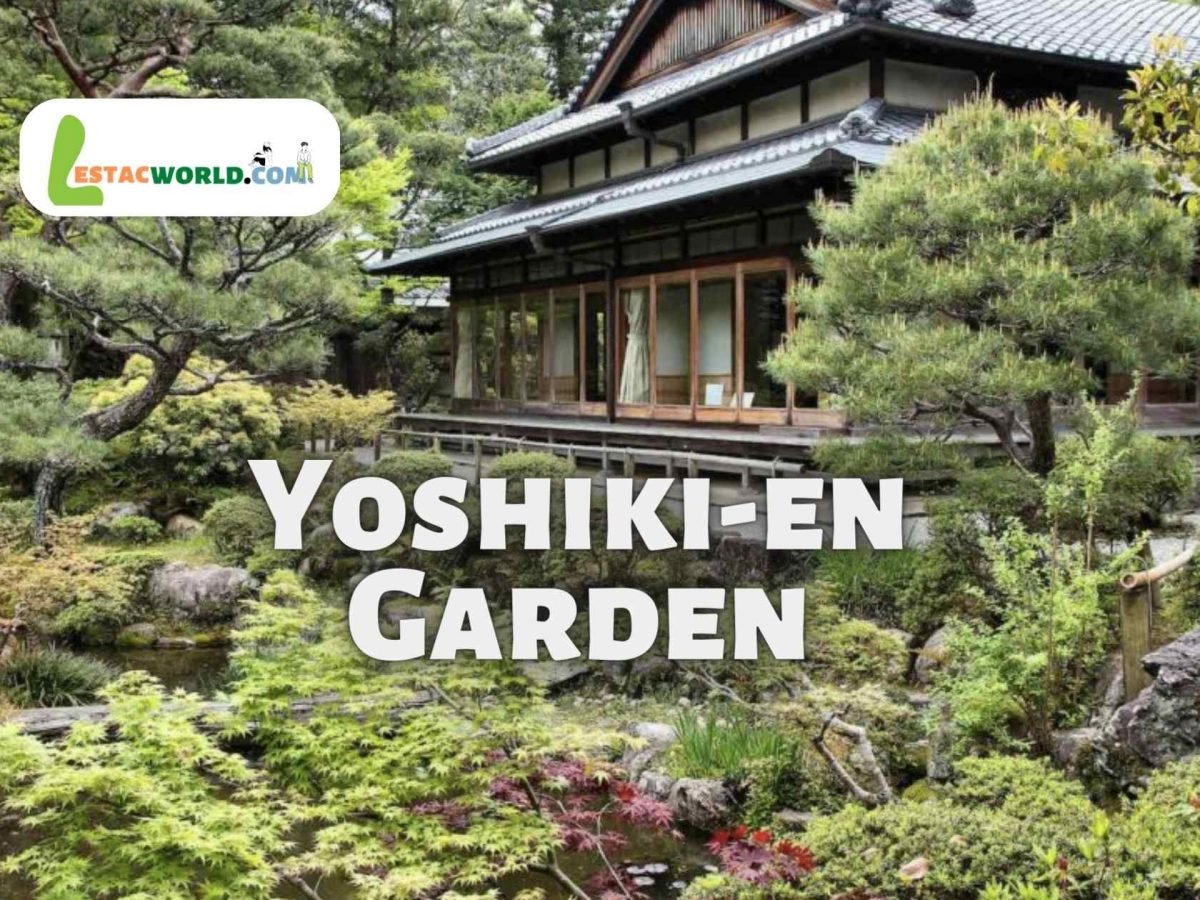














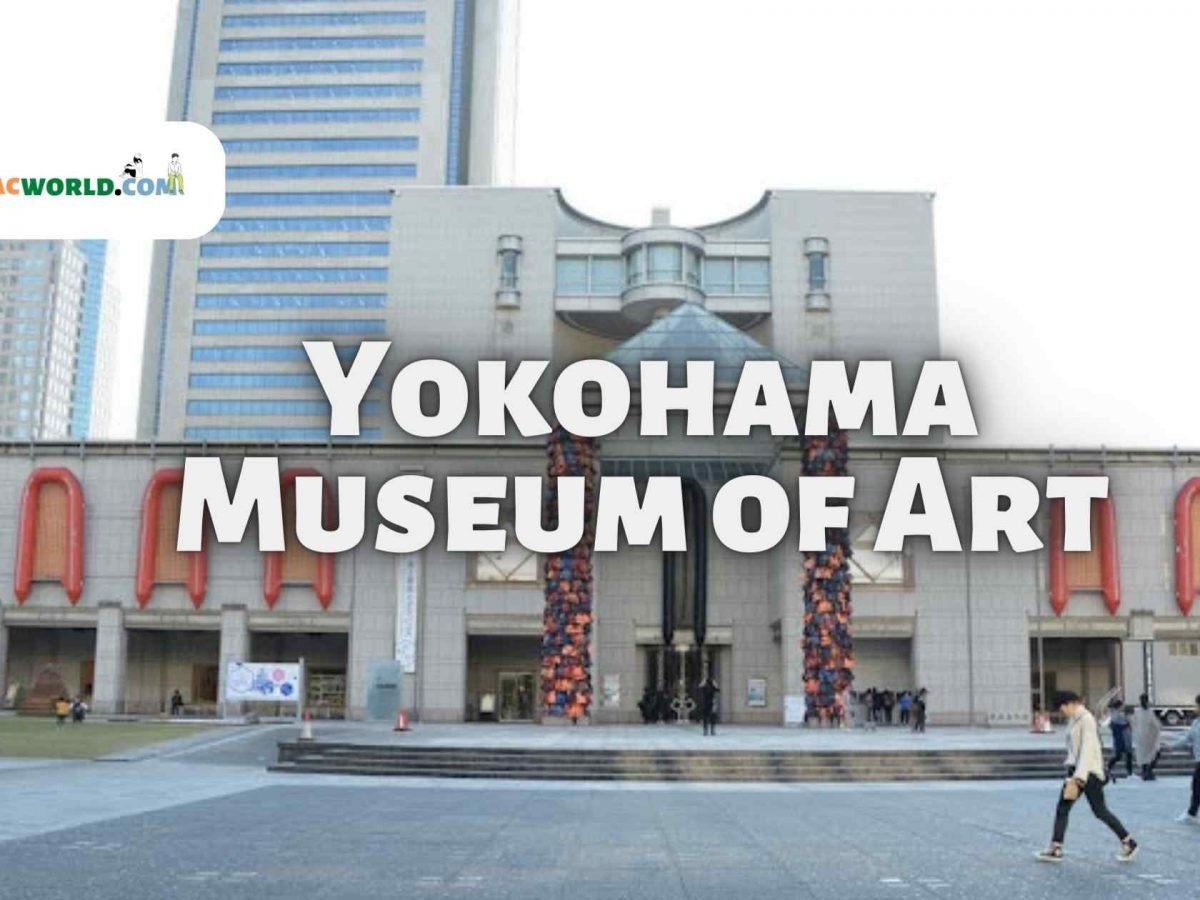
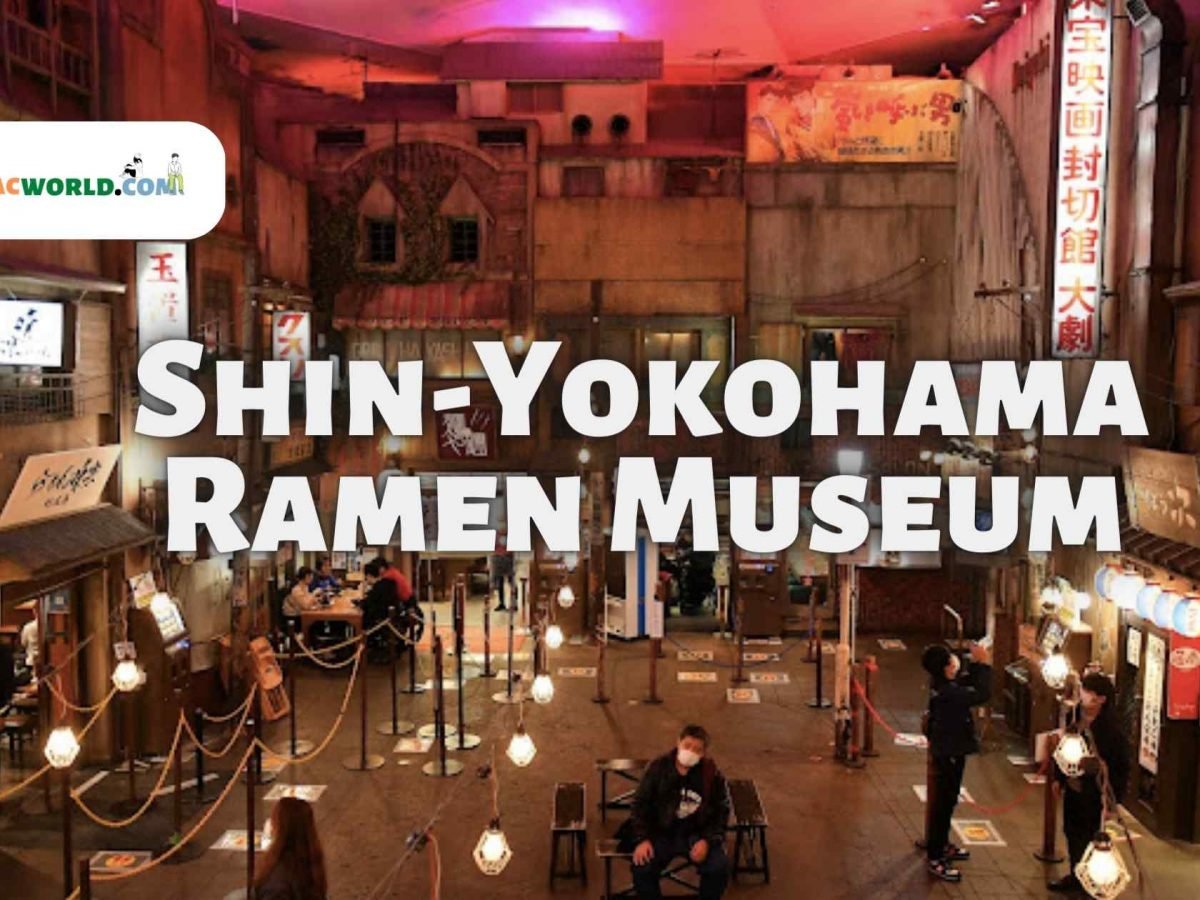


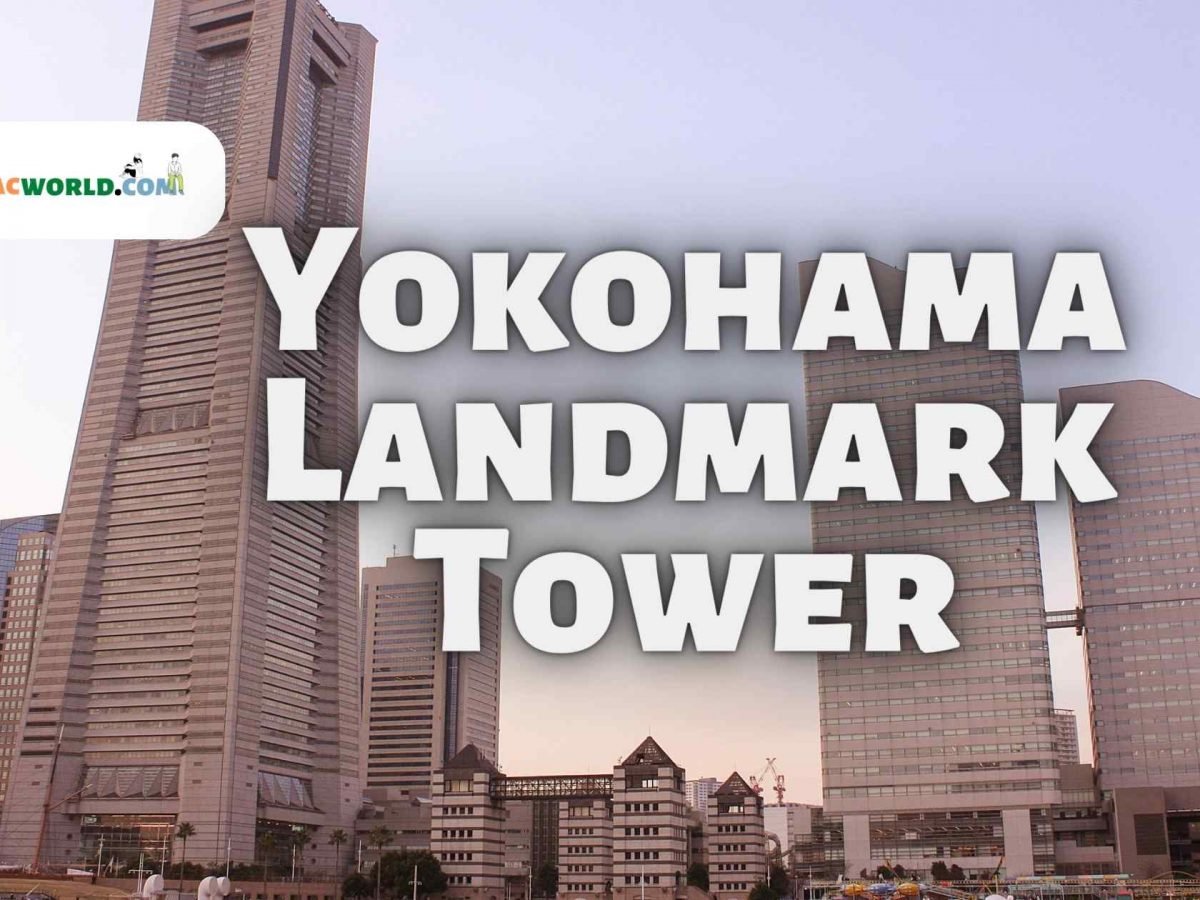

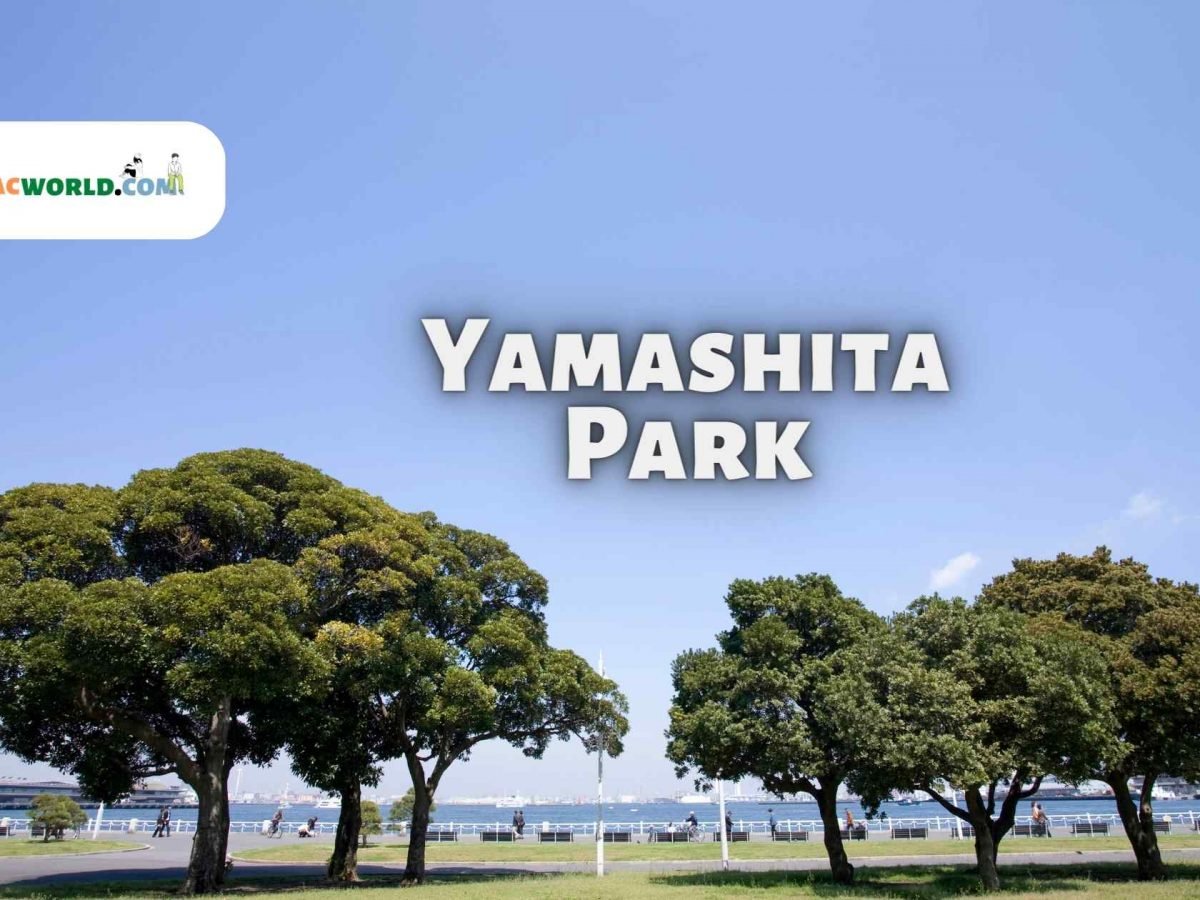
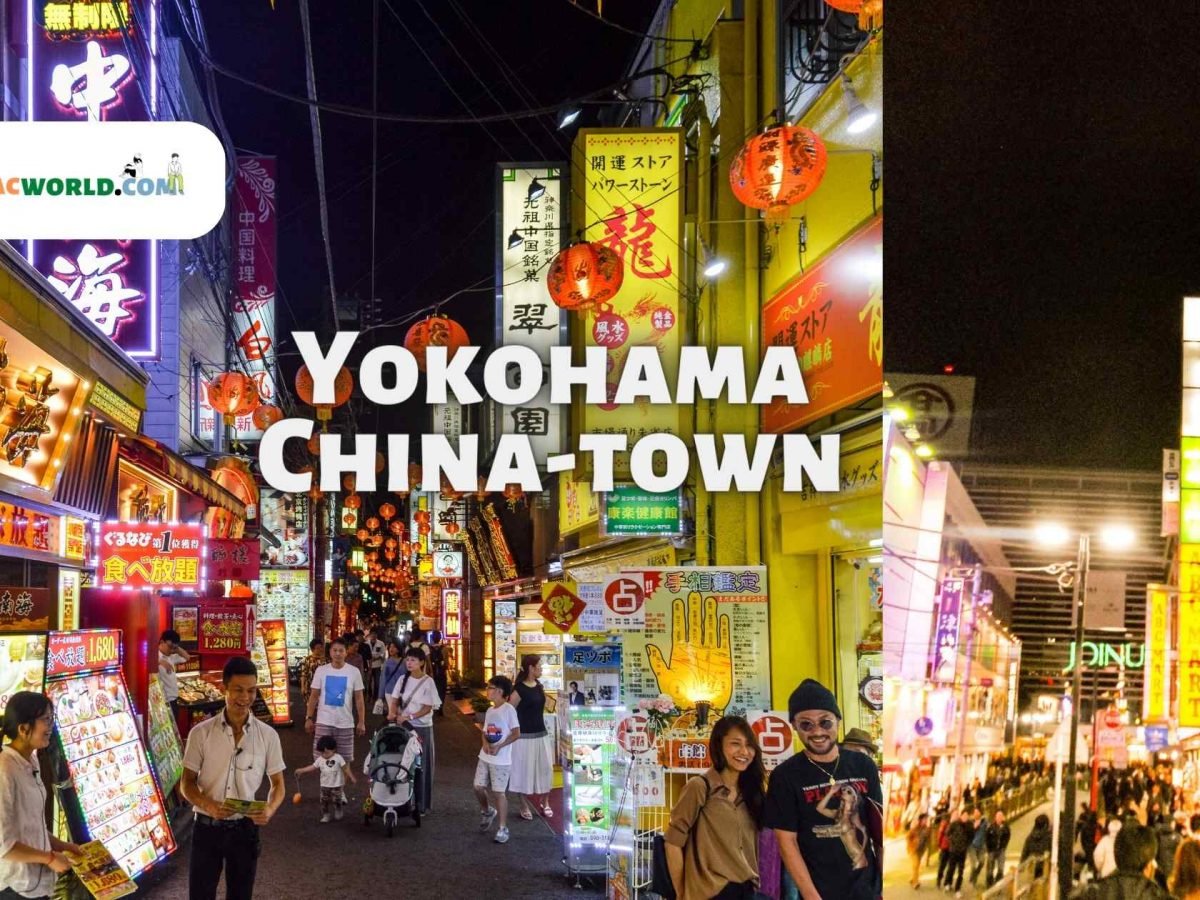



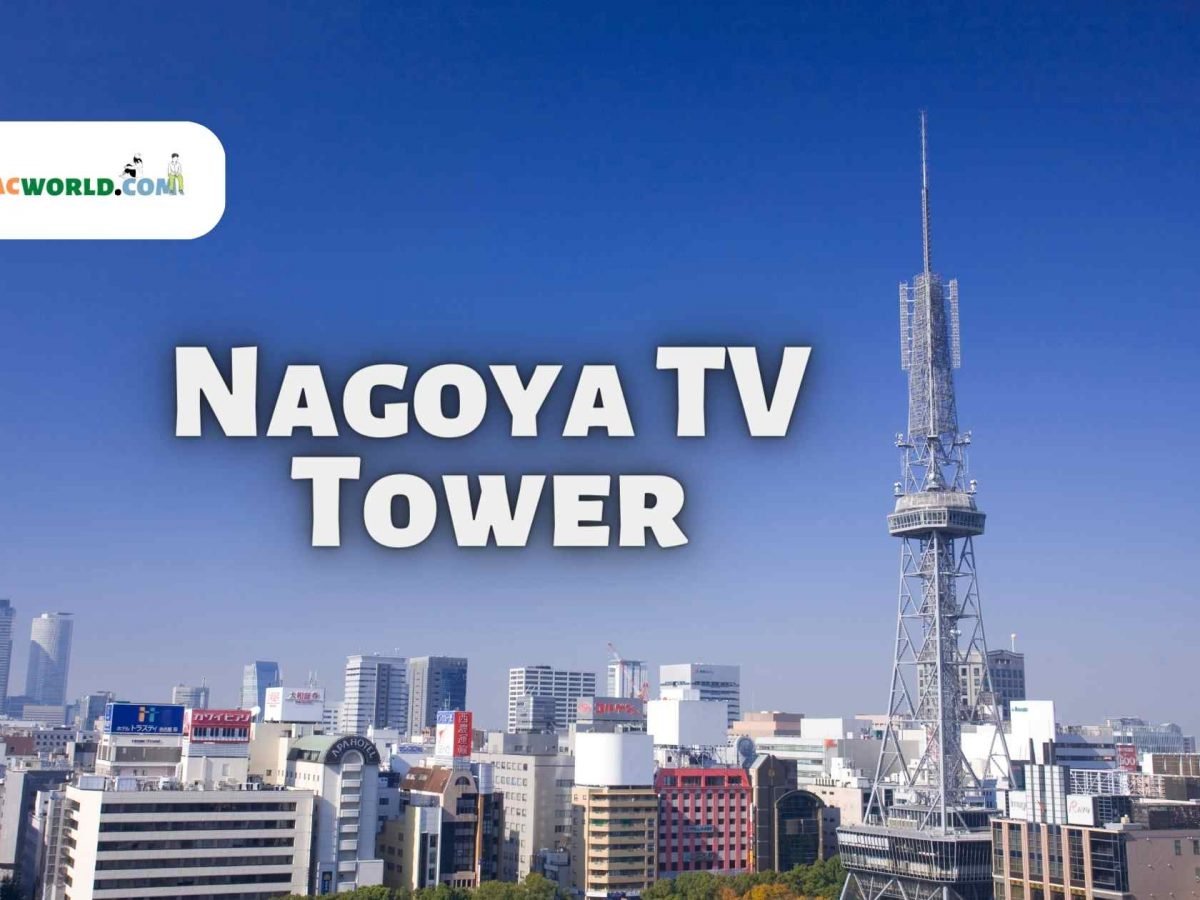






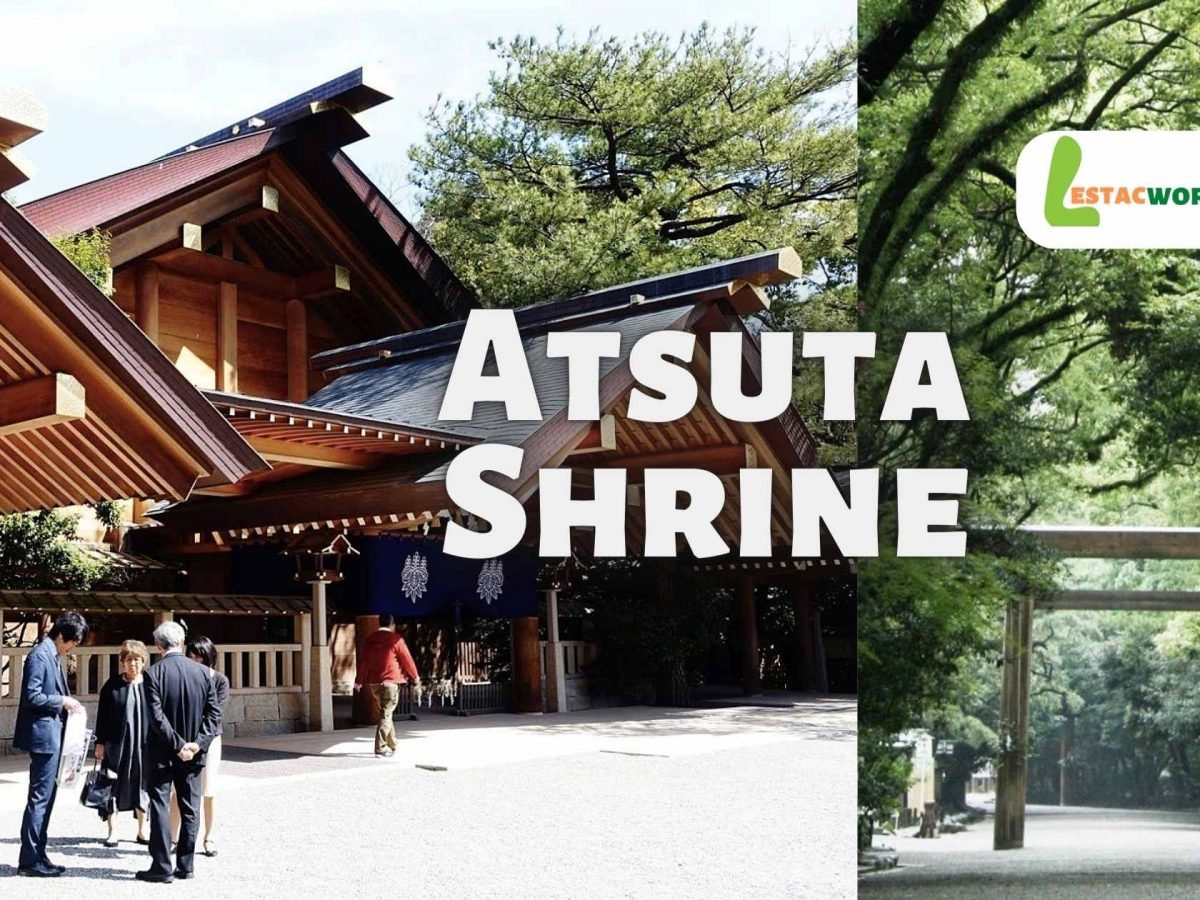




























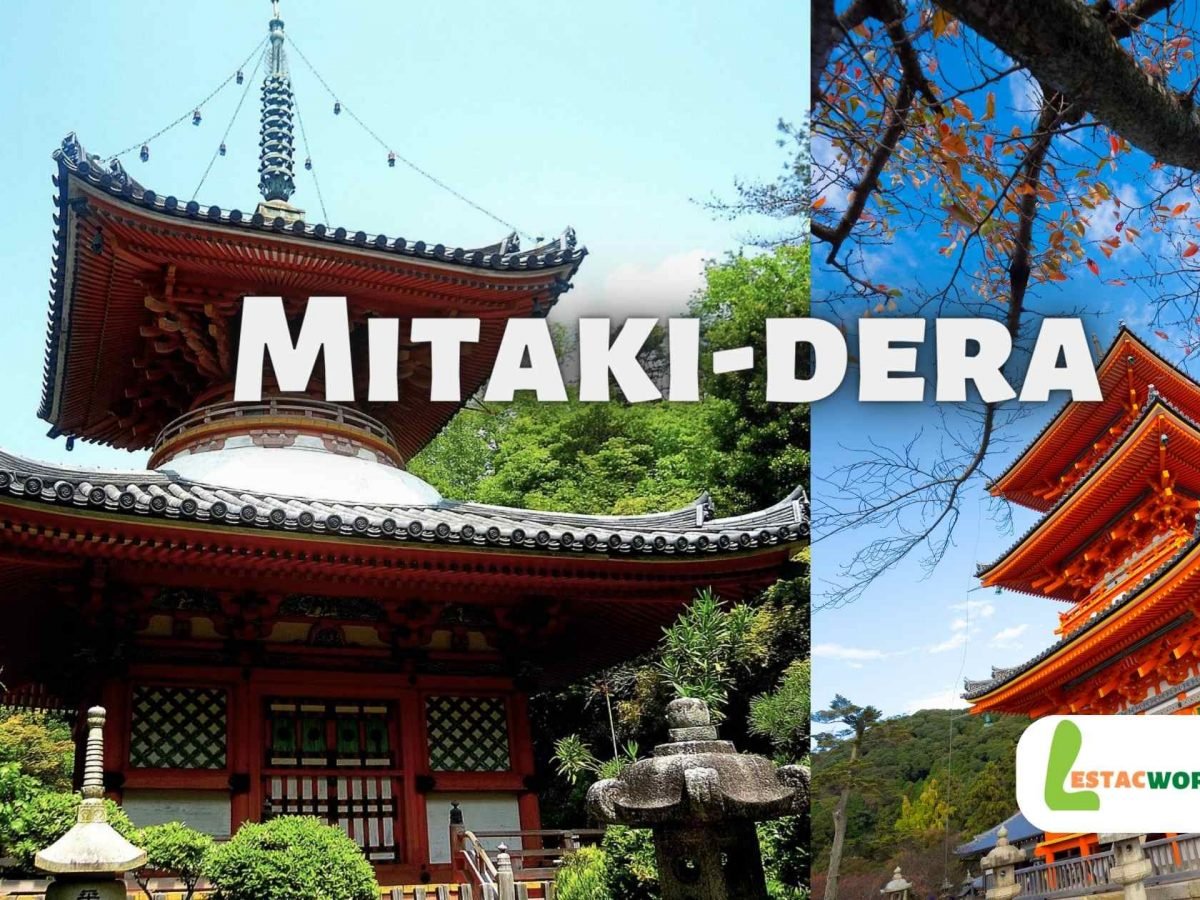

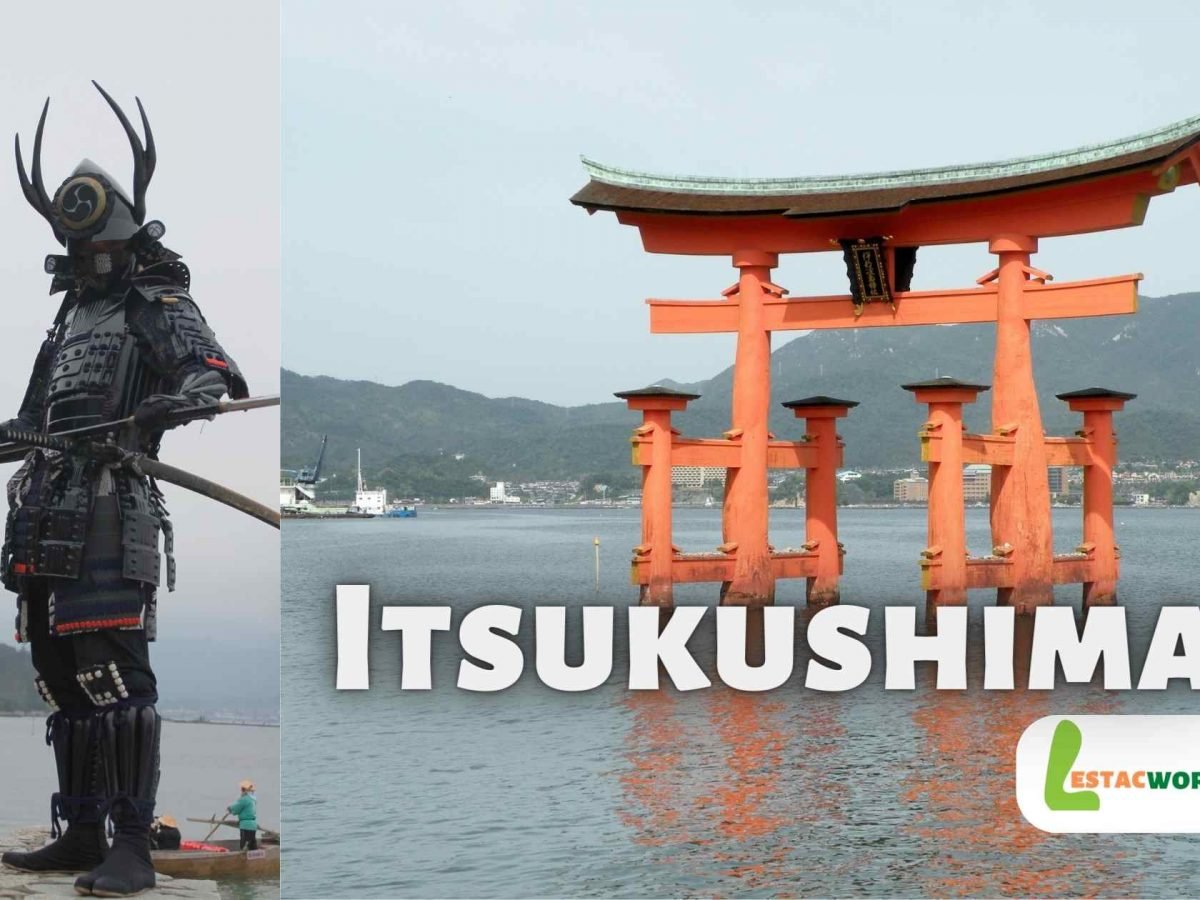

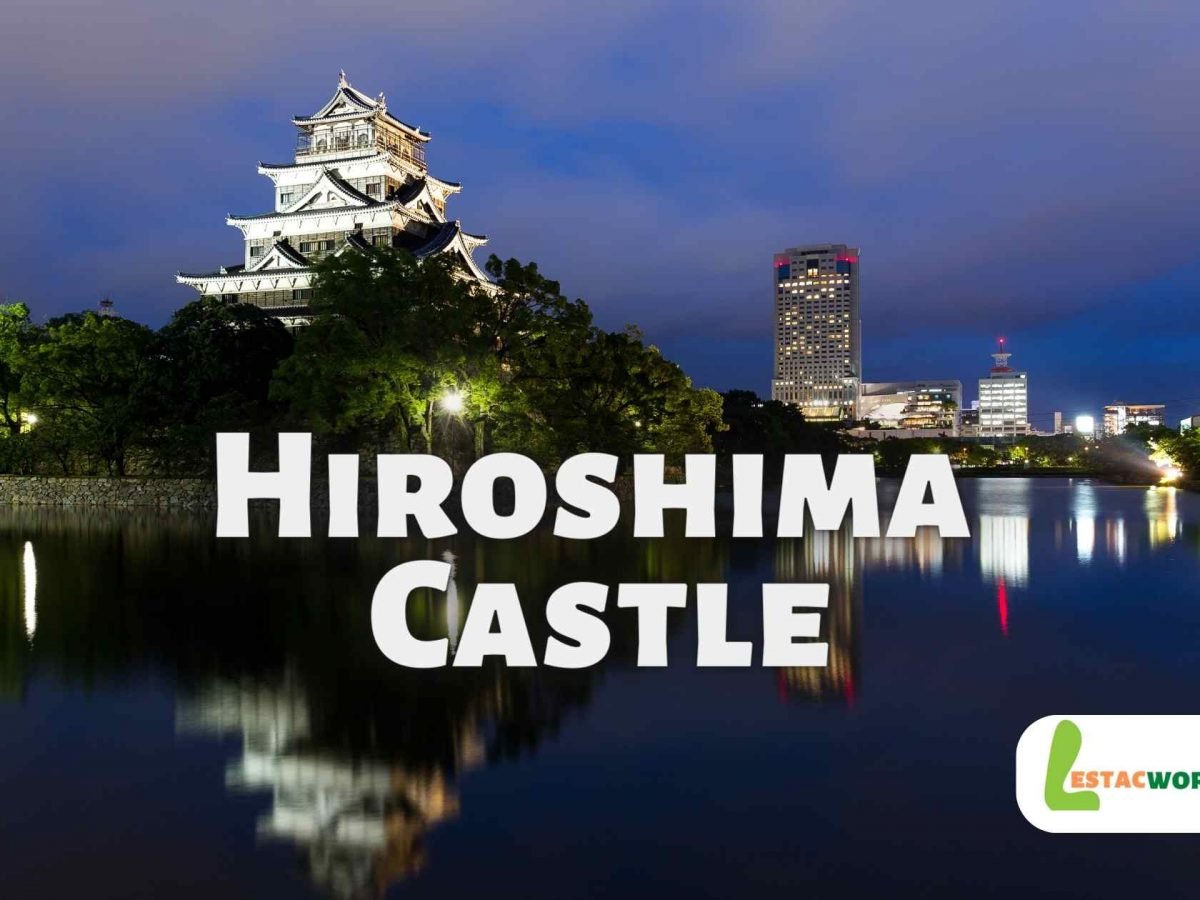


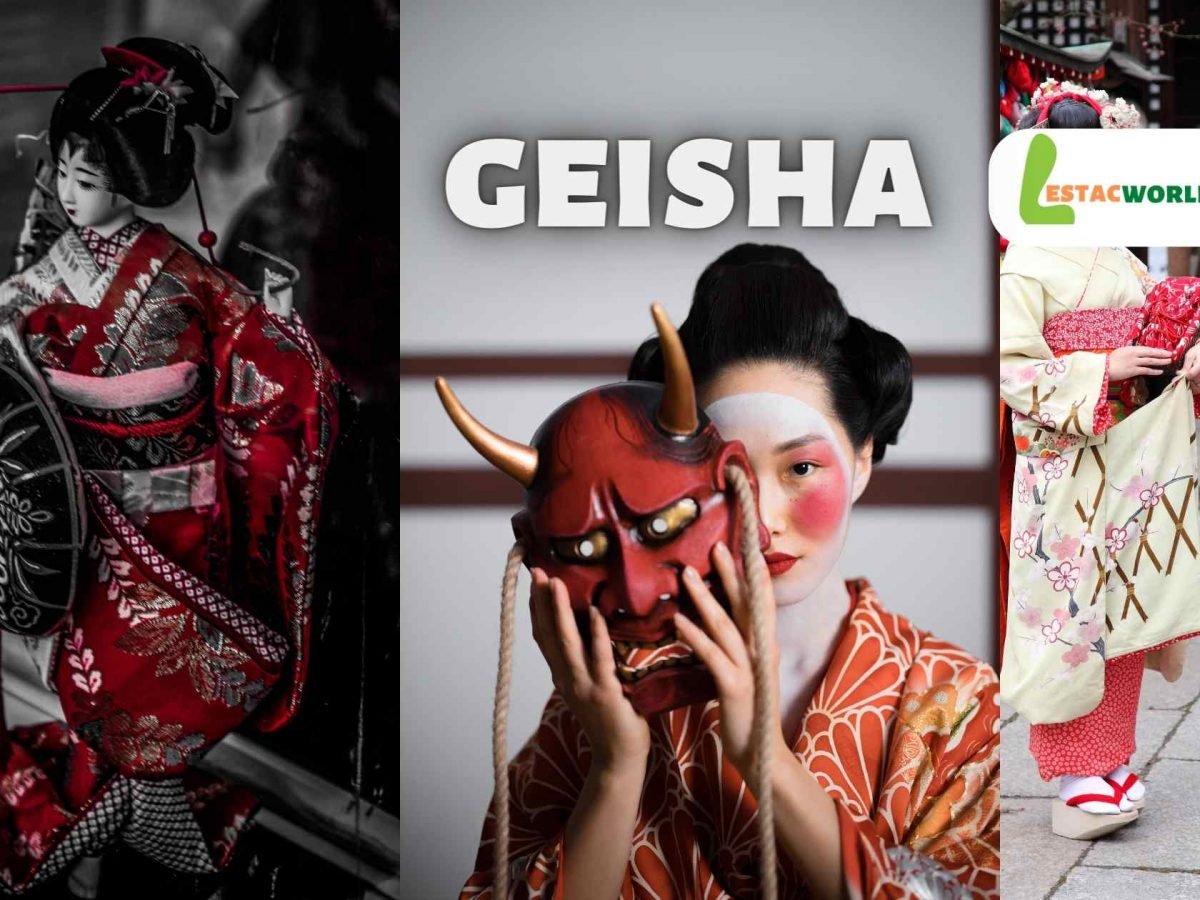
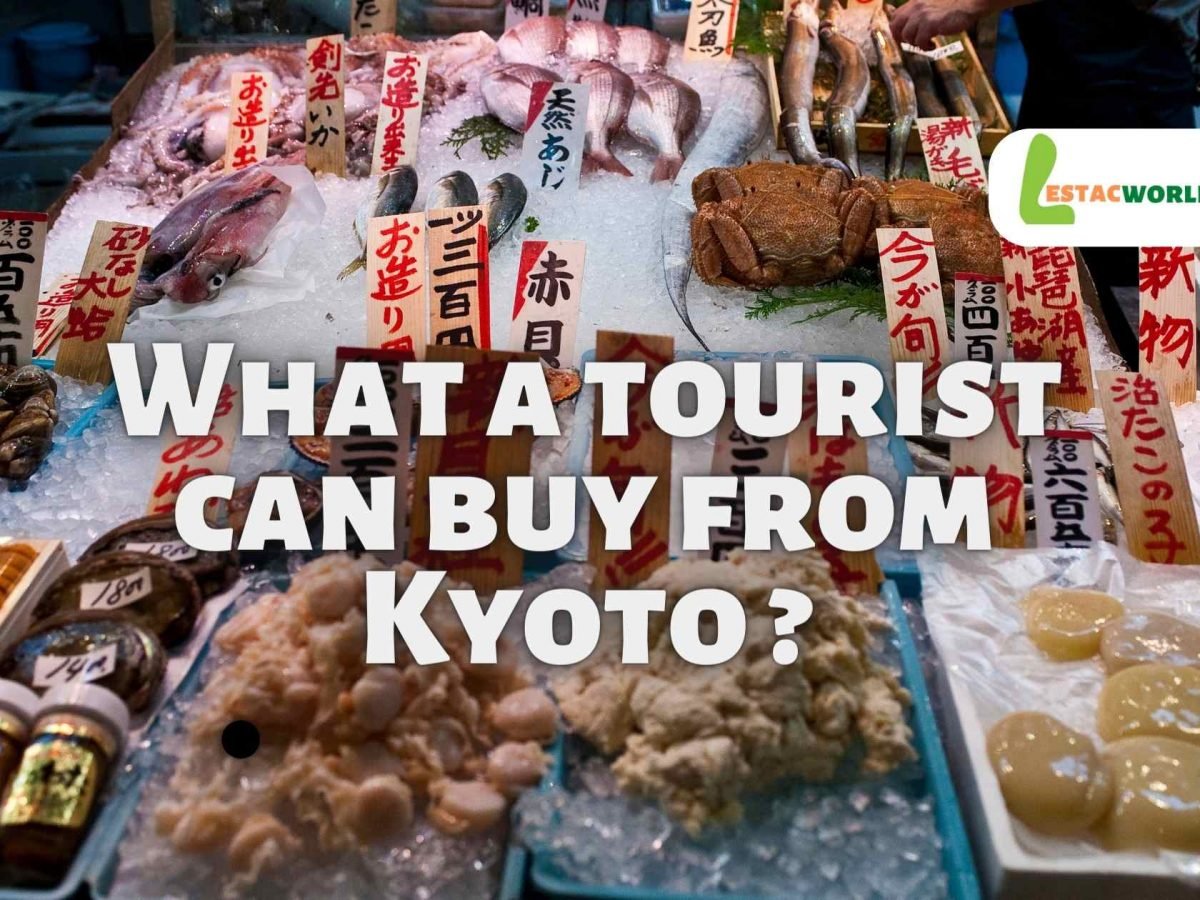

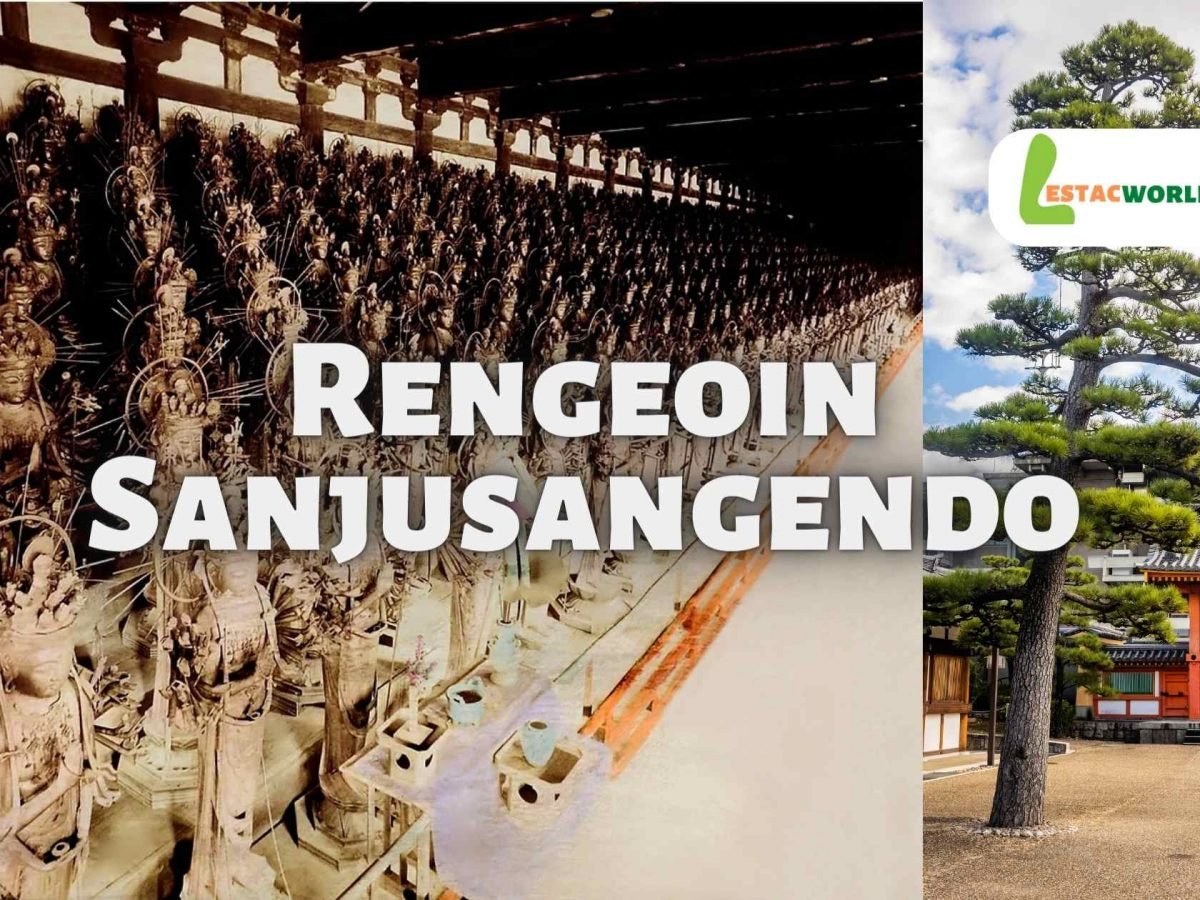



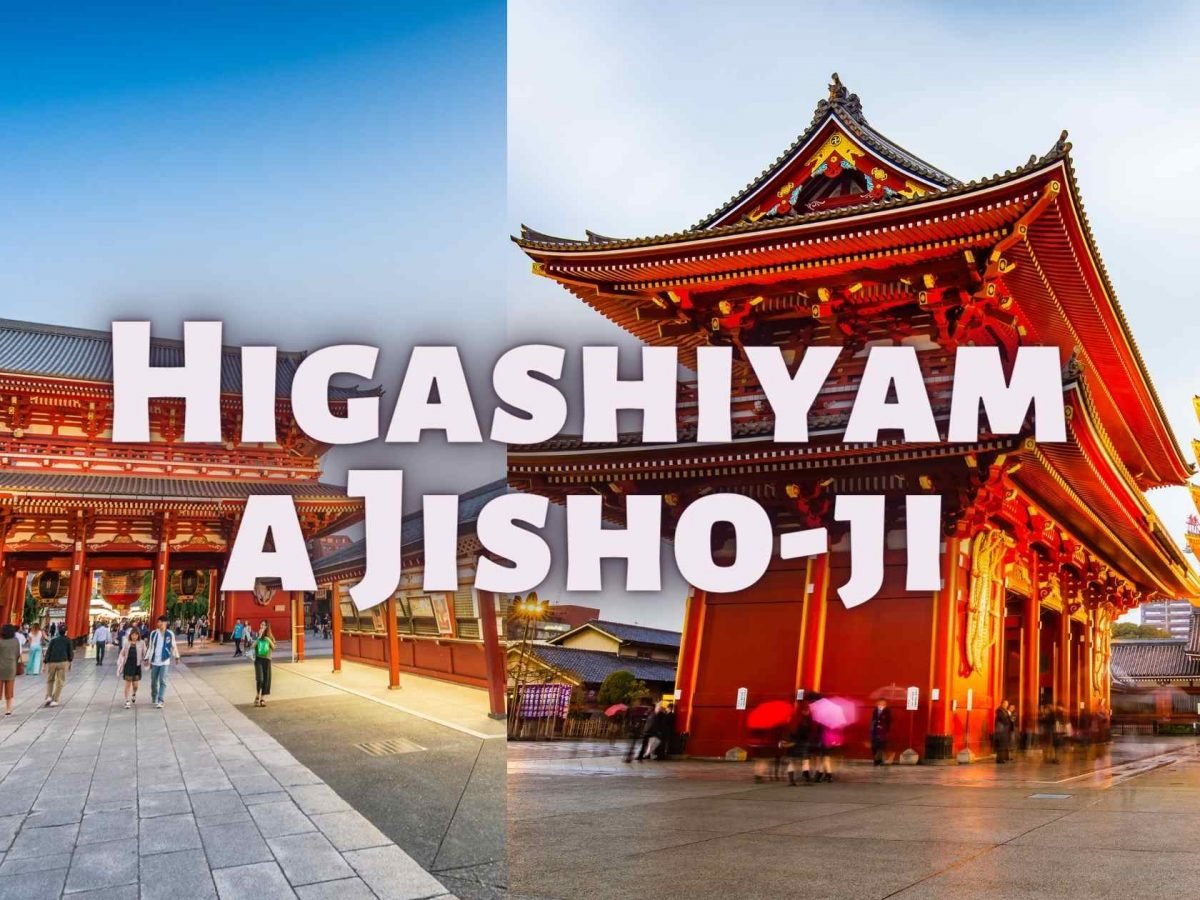
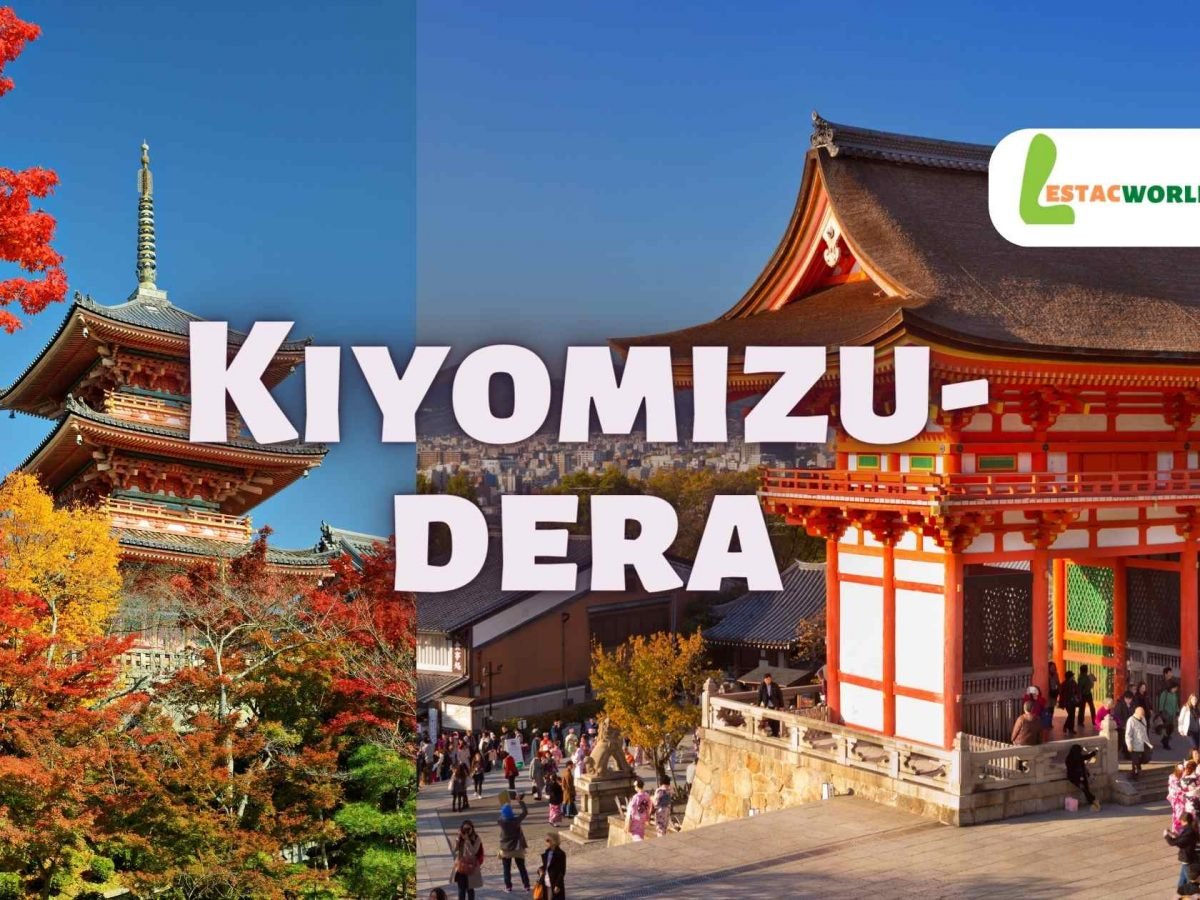

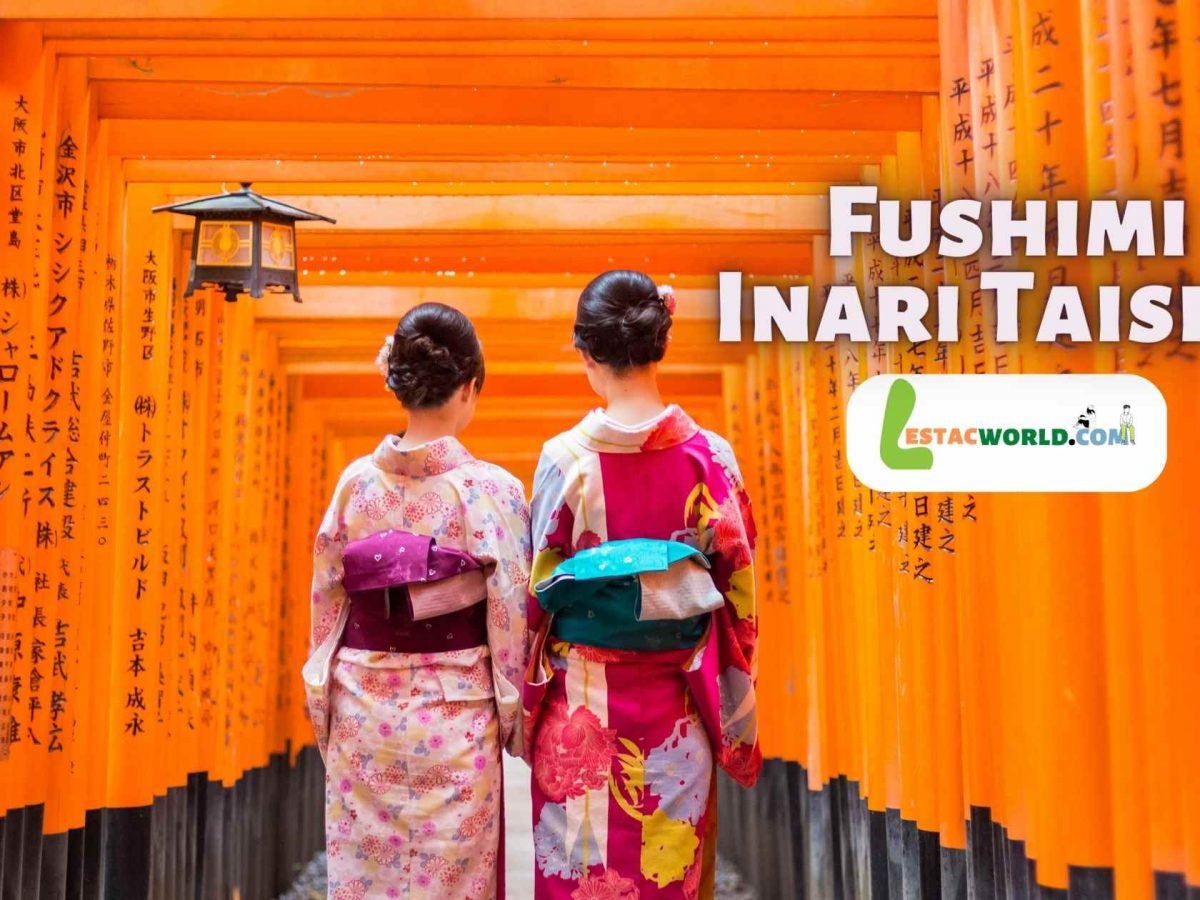




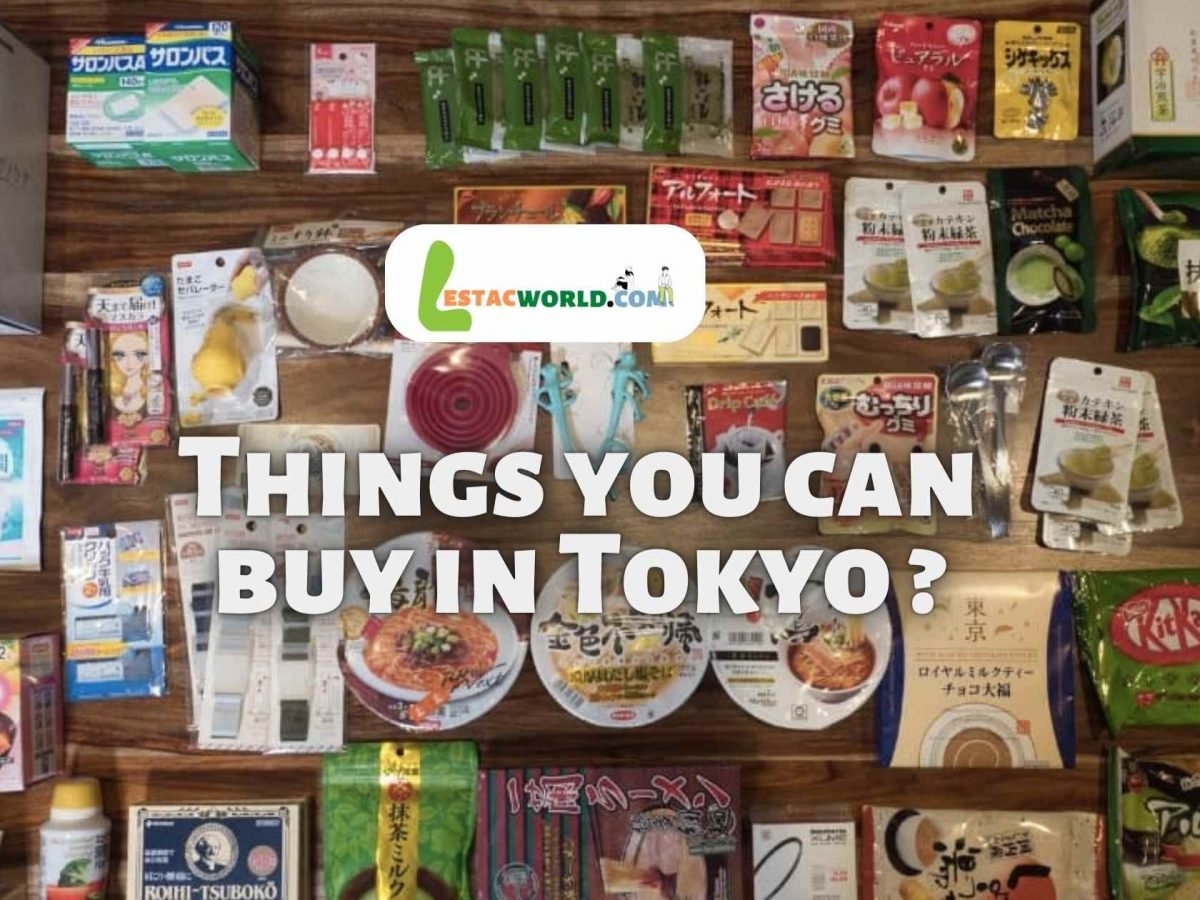
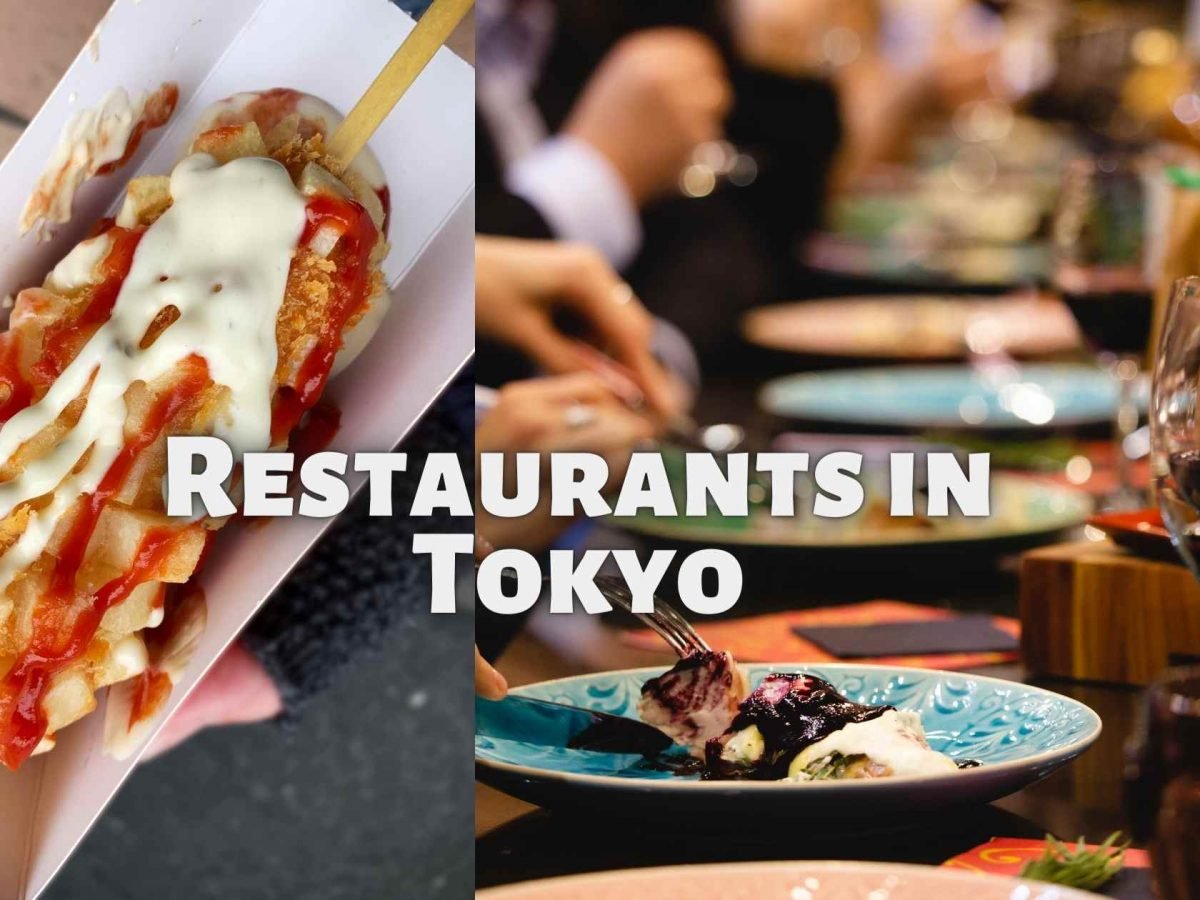






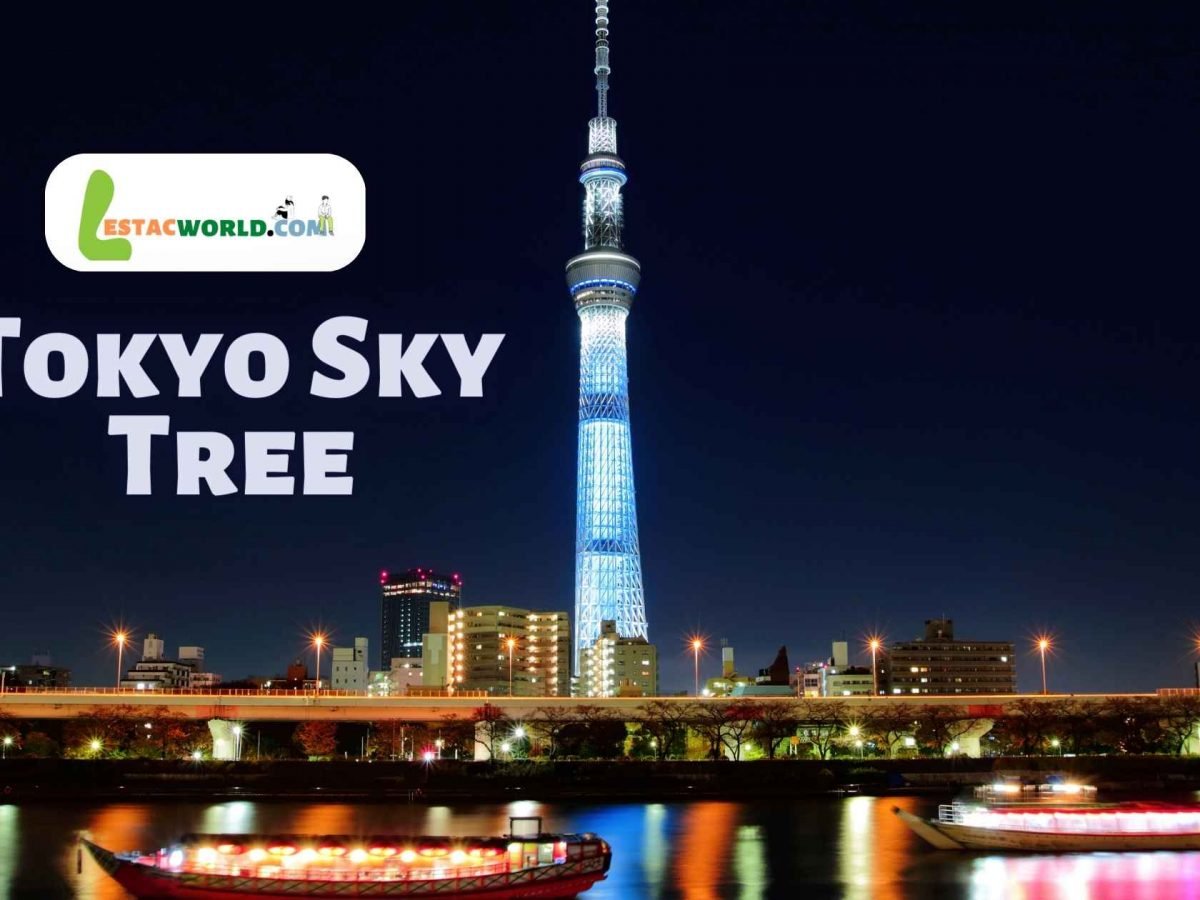

Comment (0)